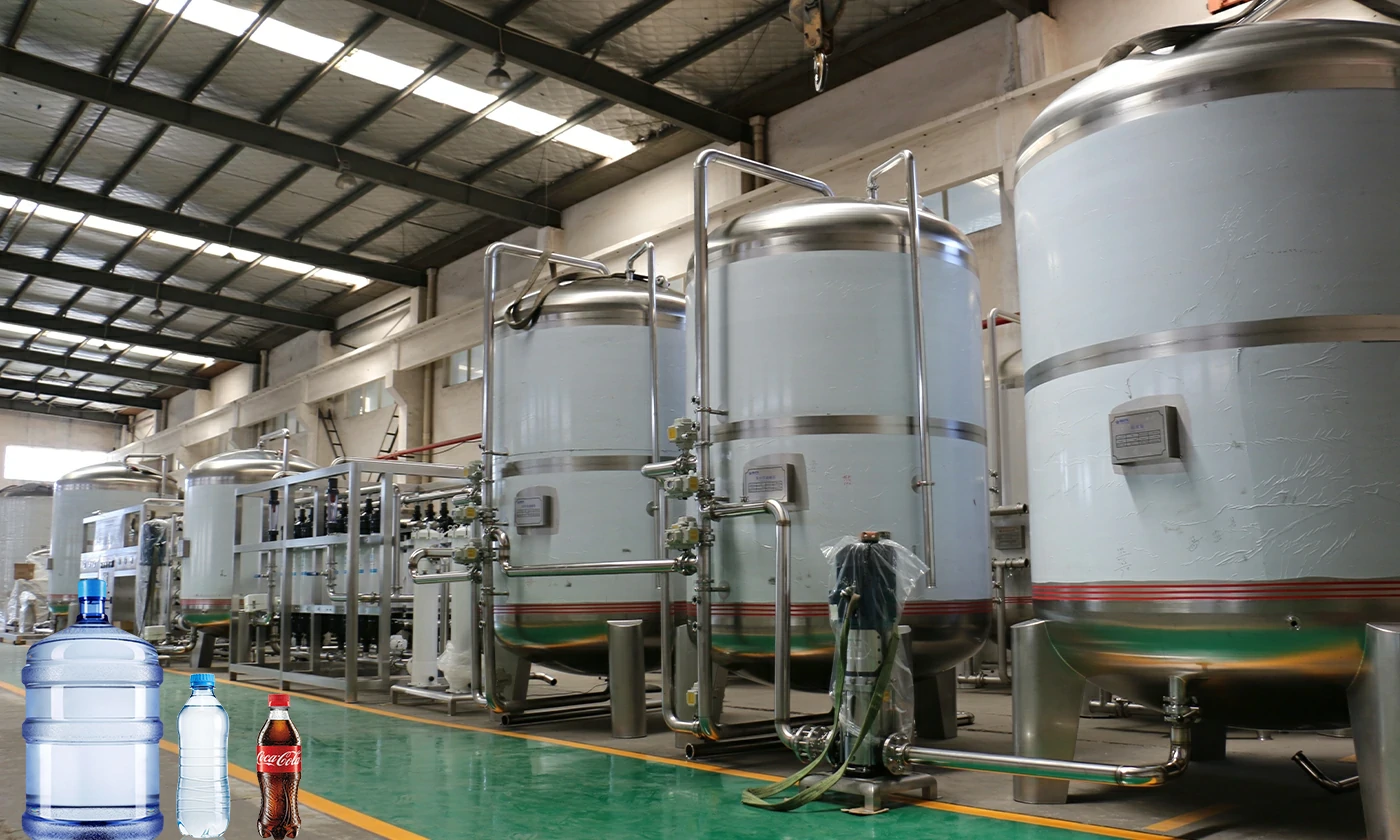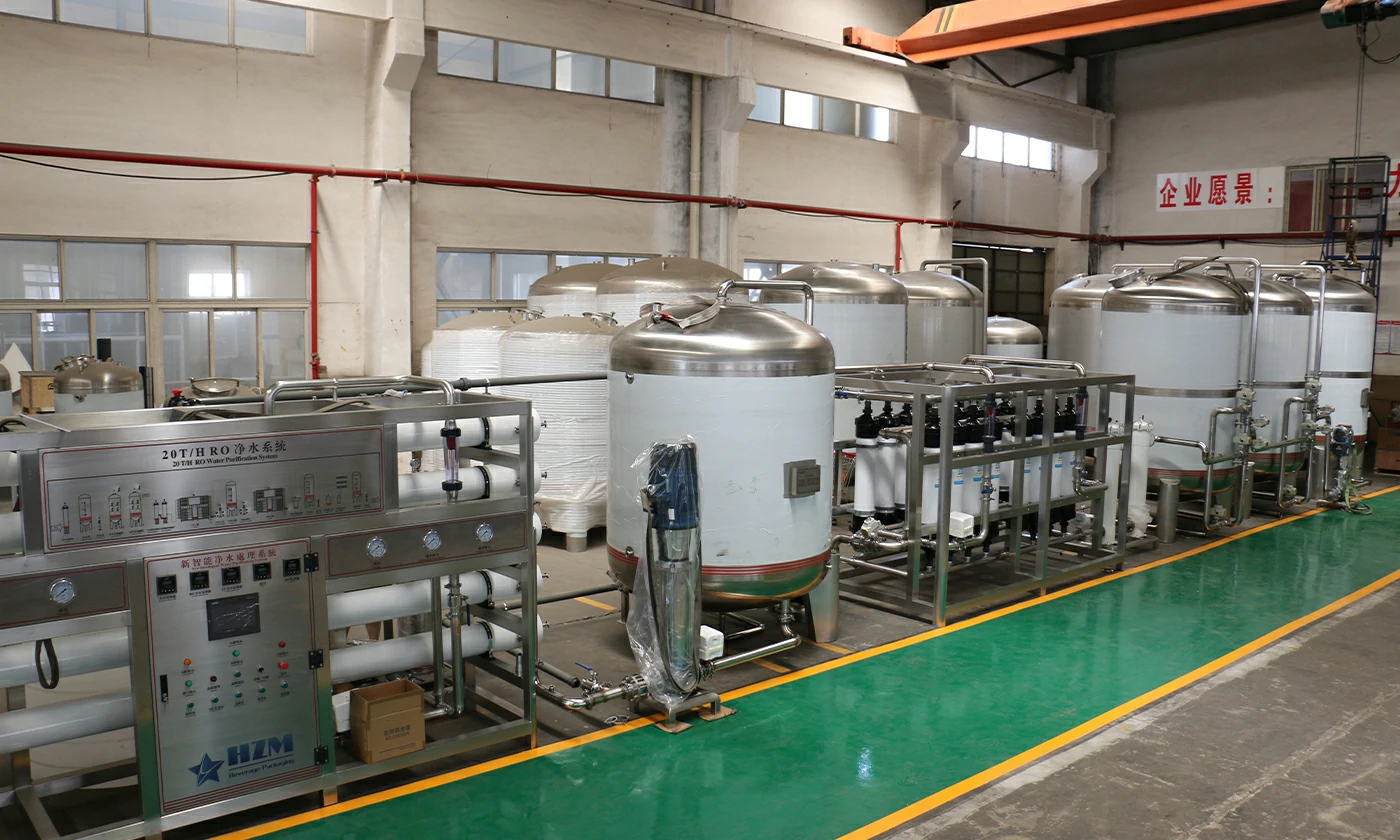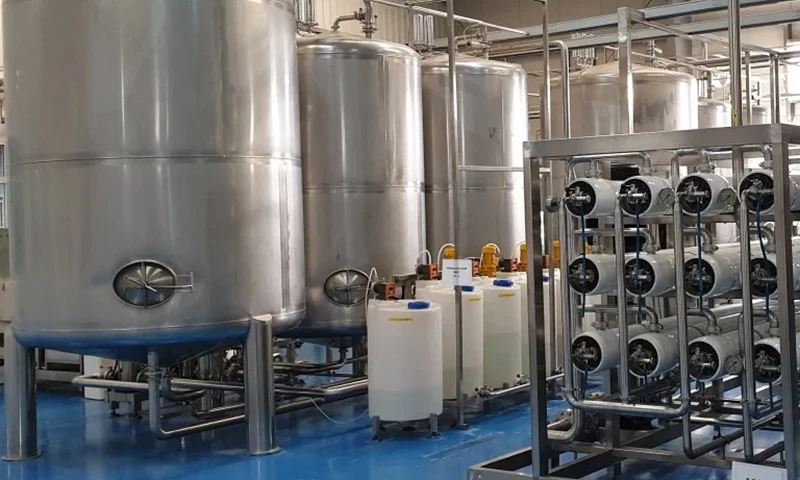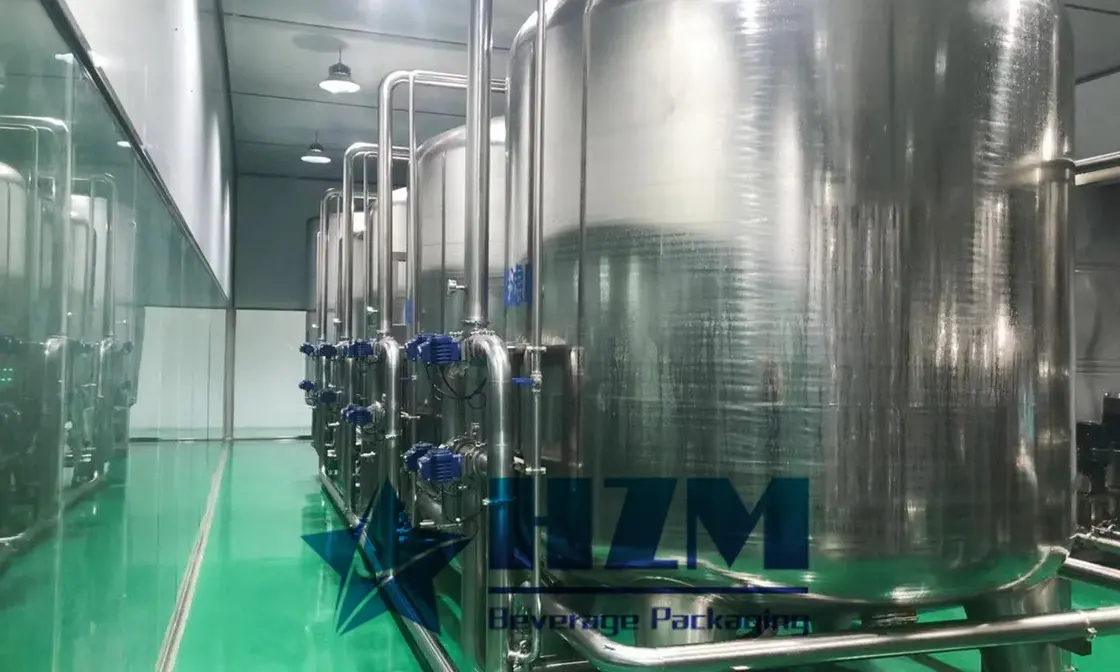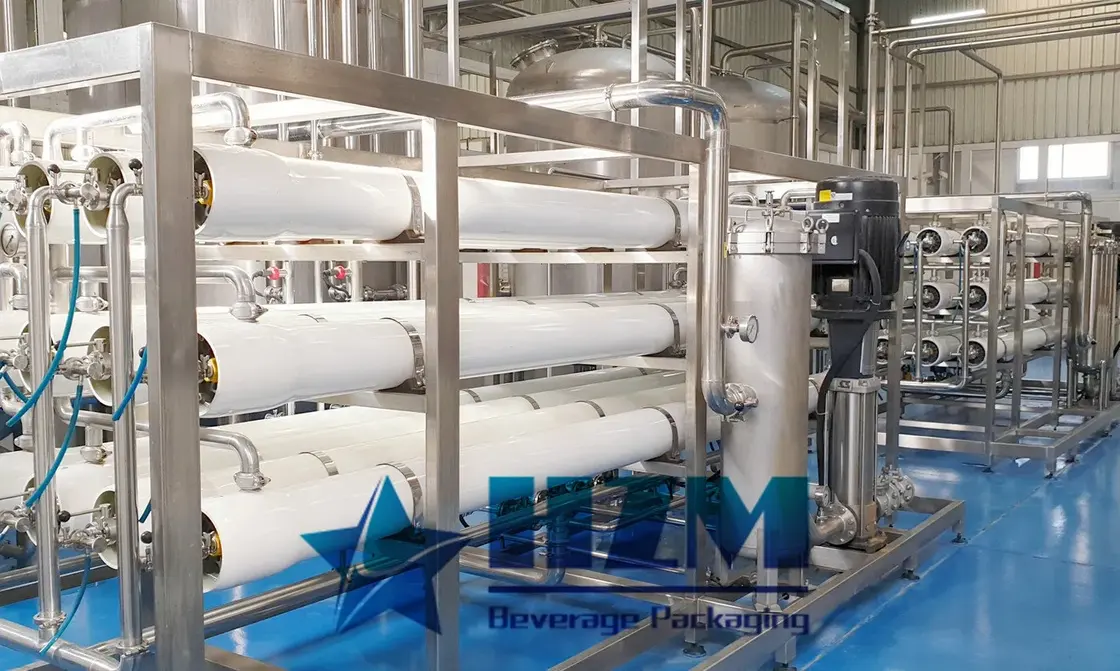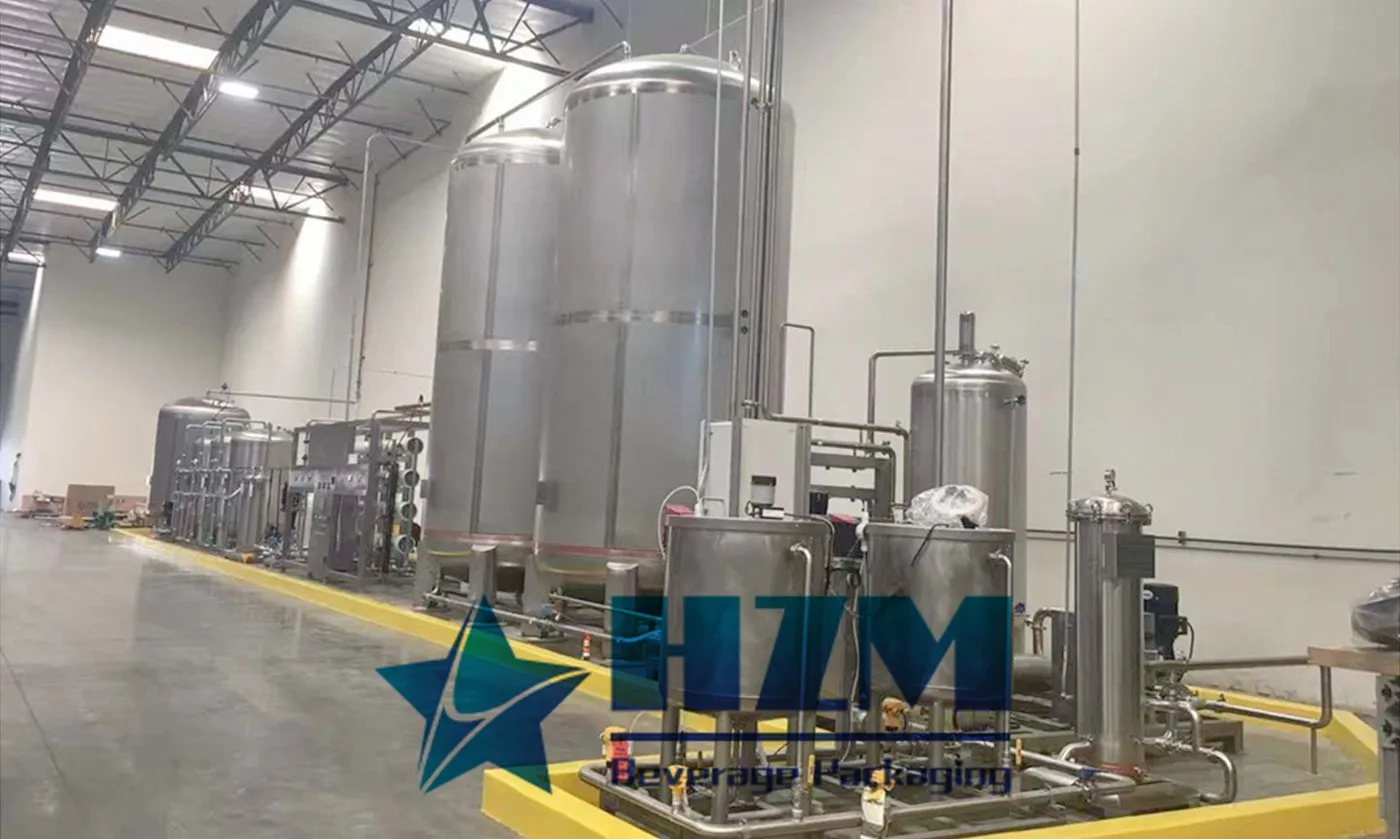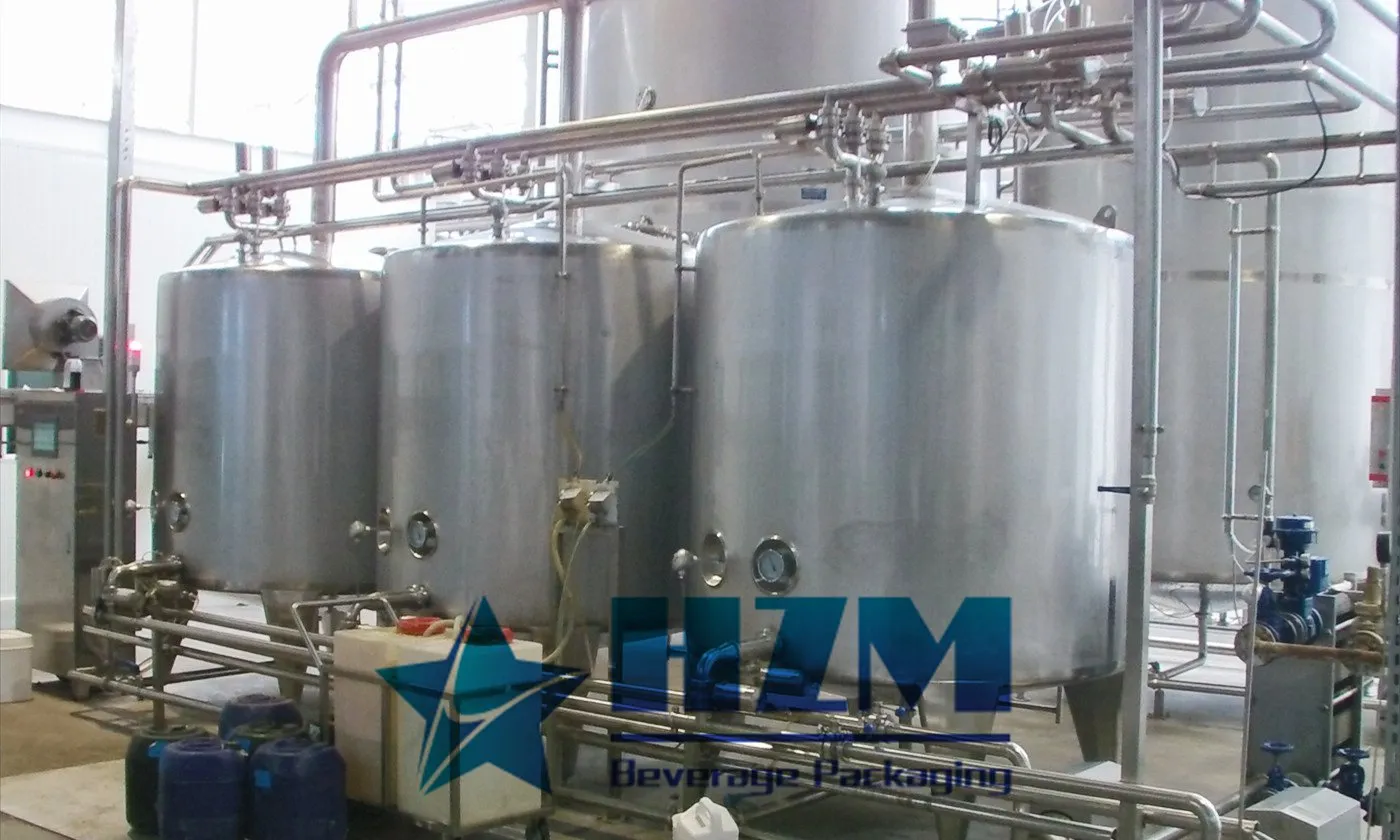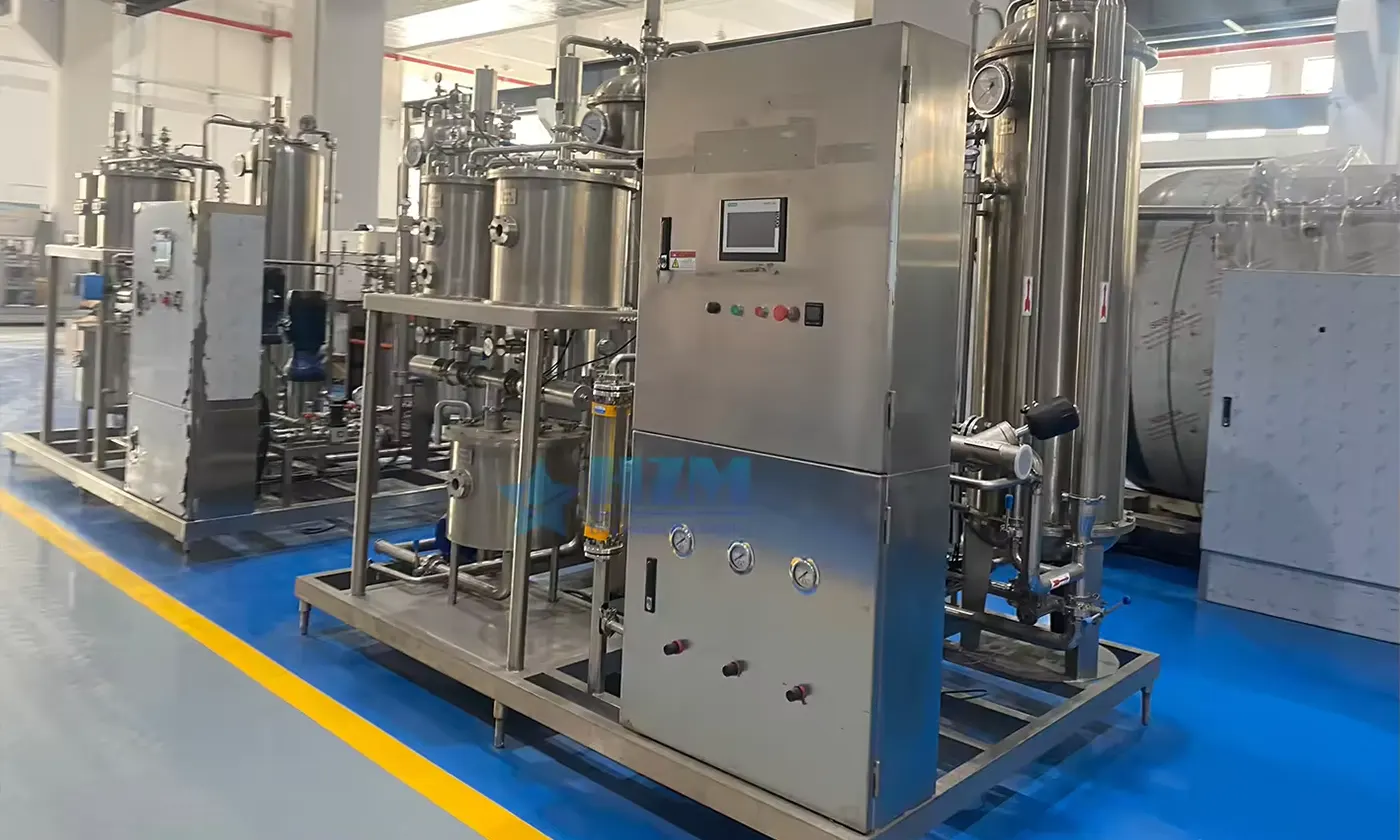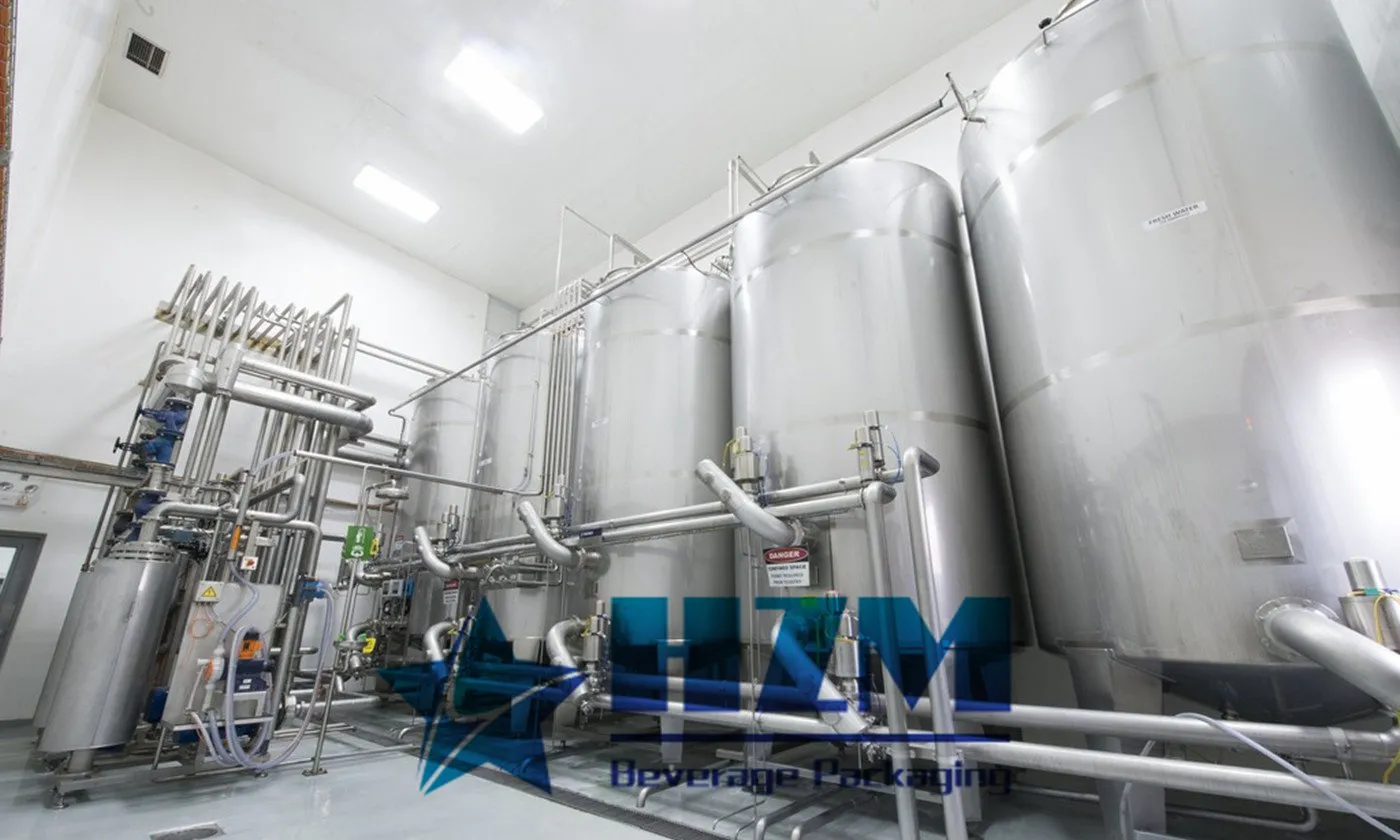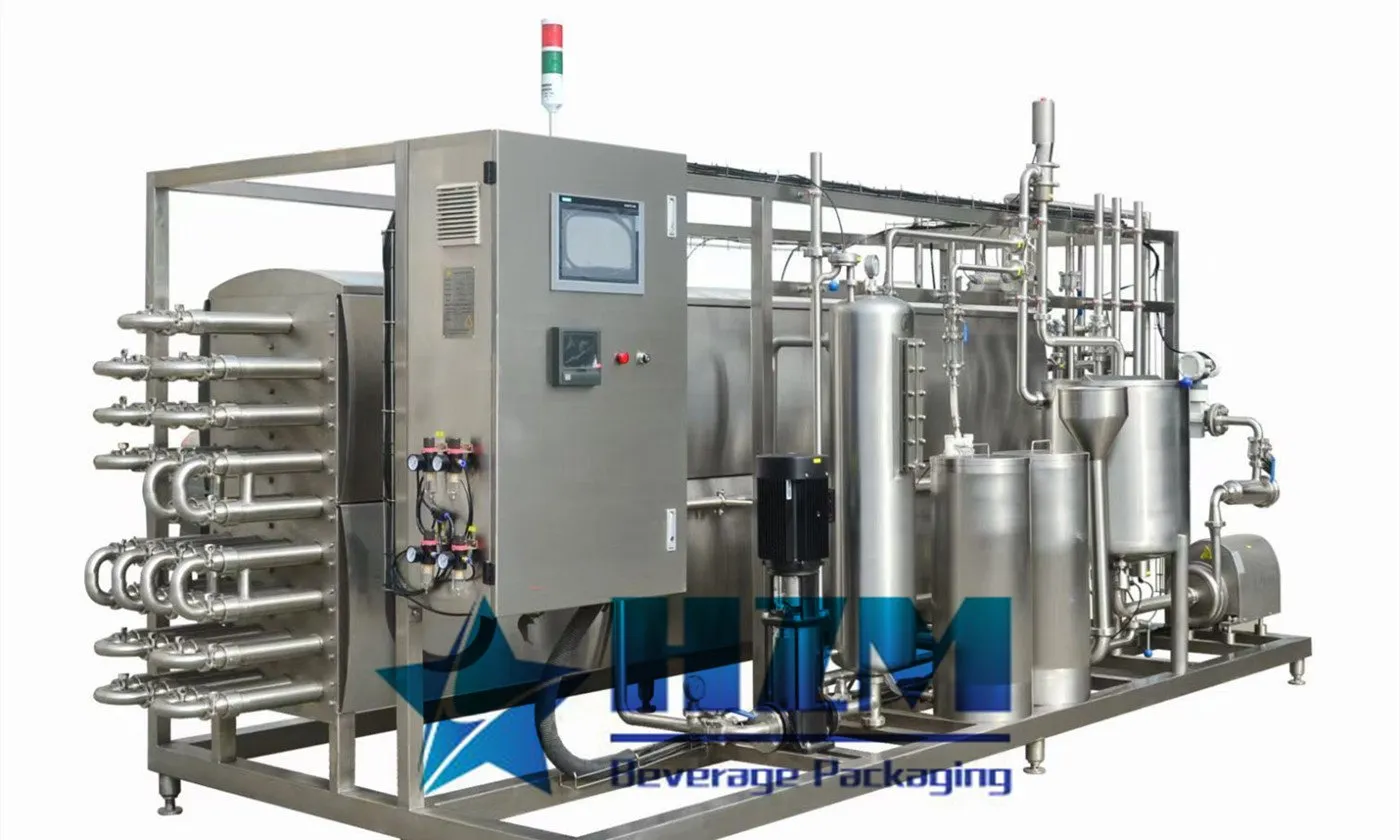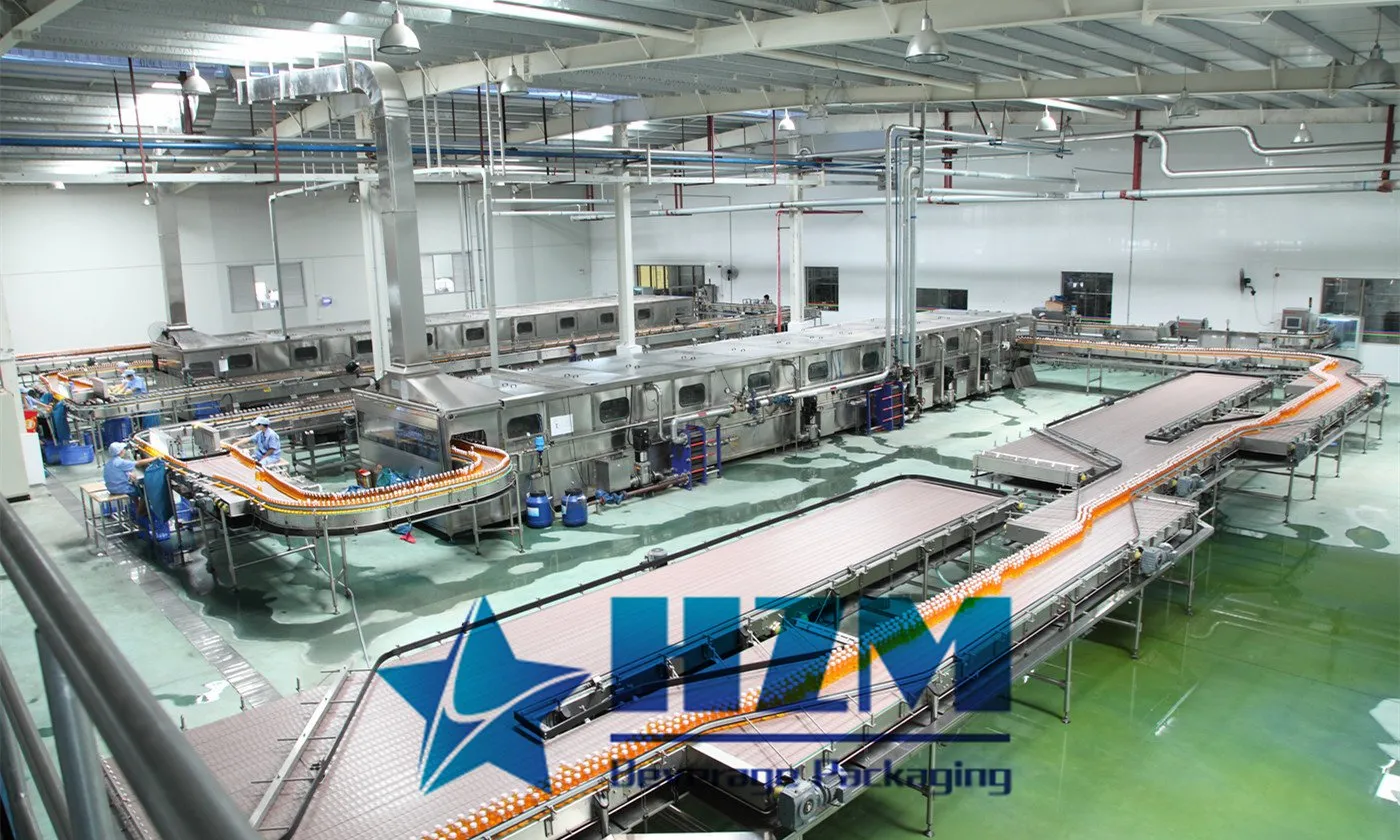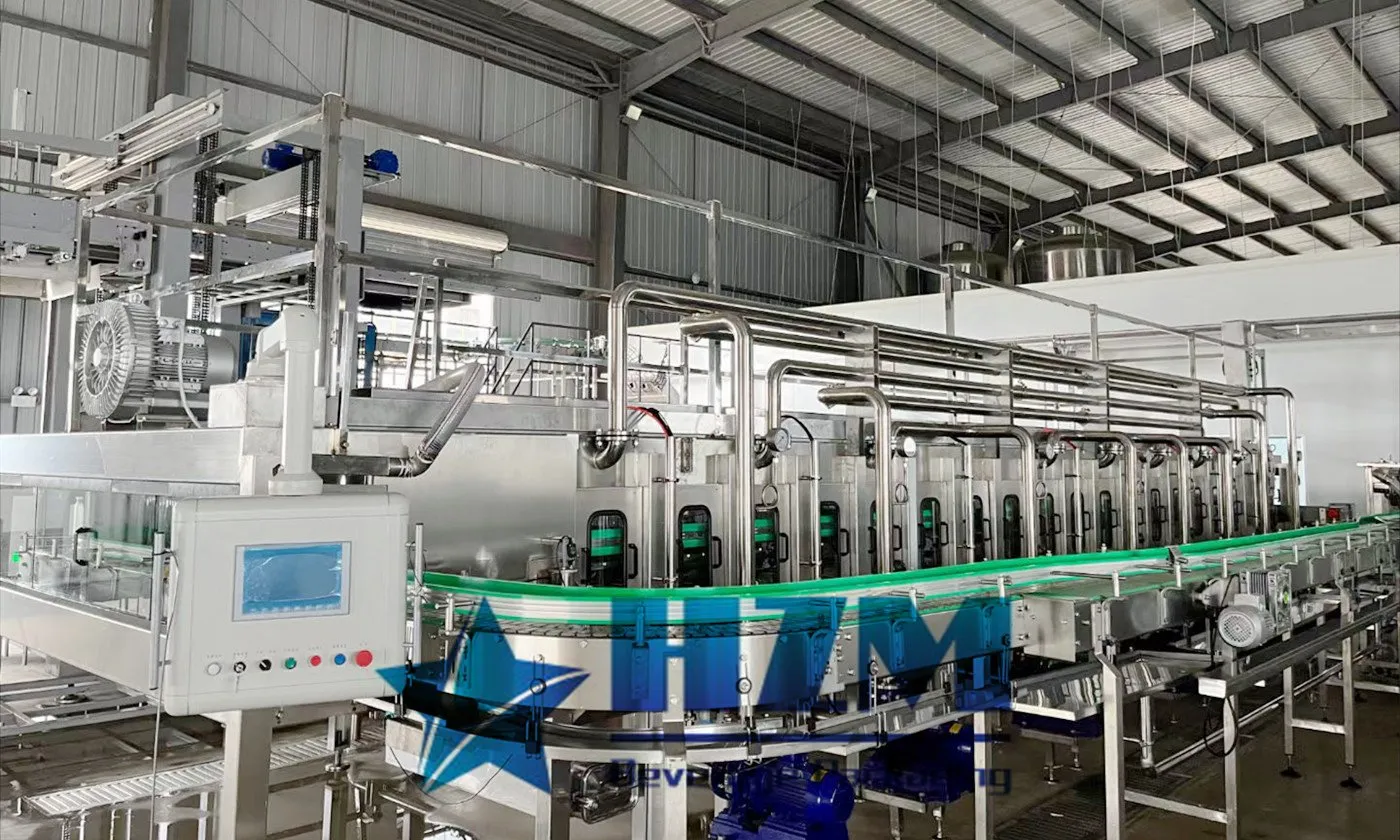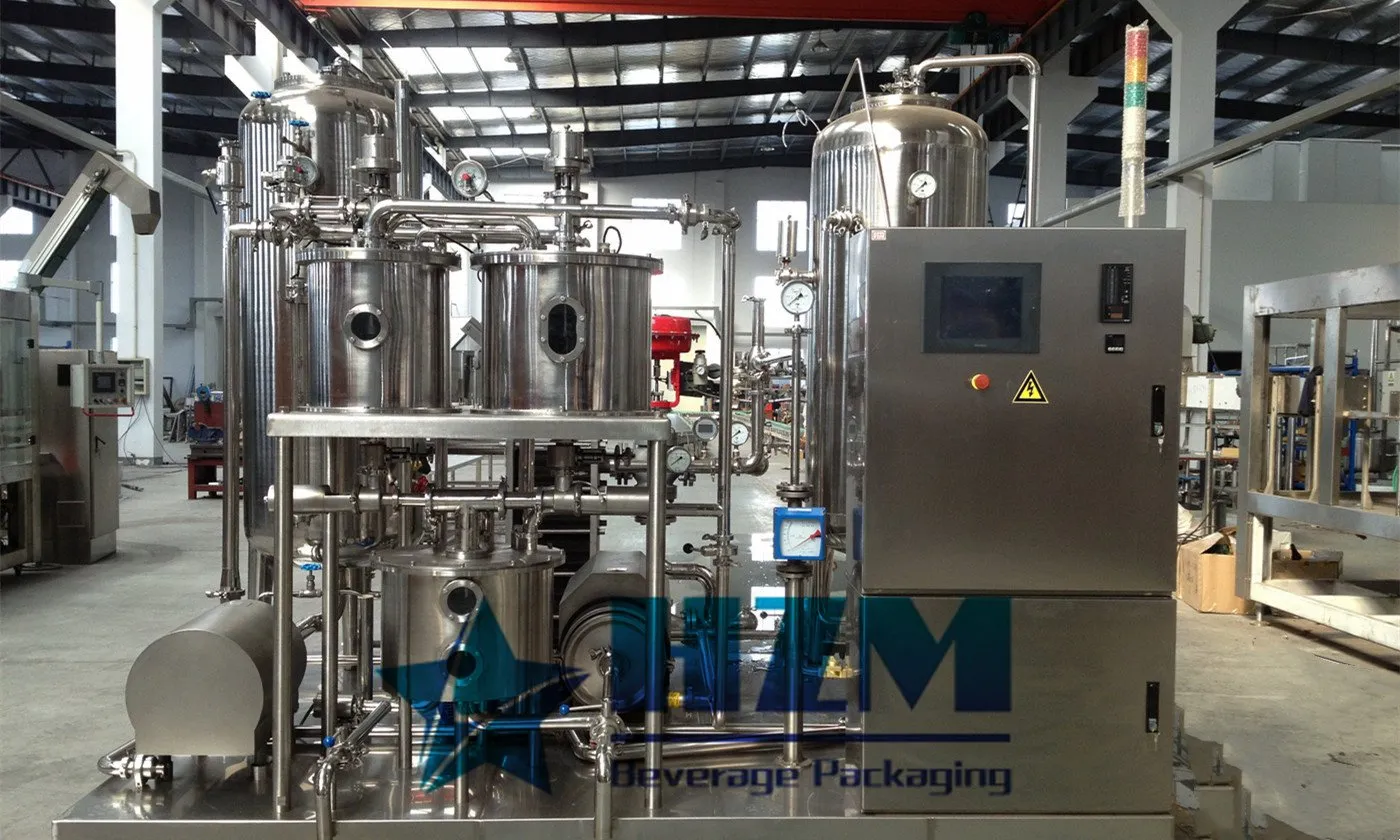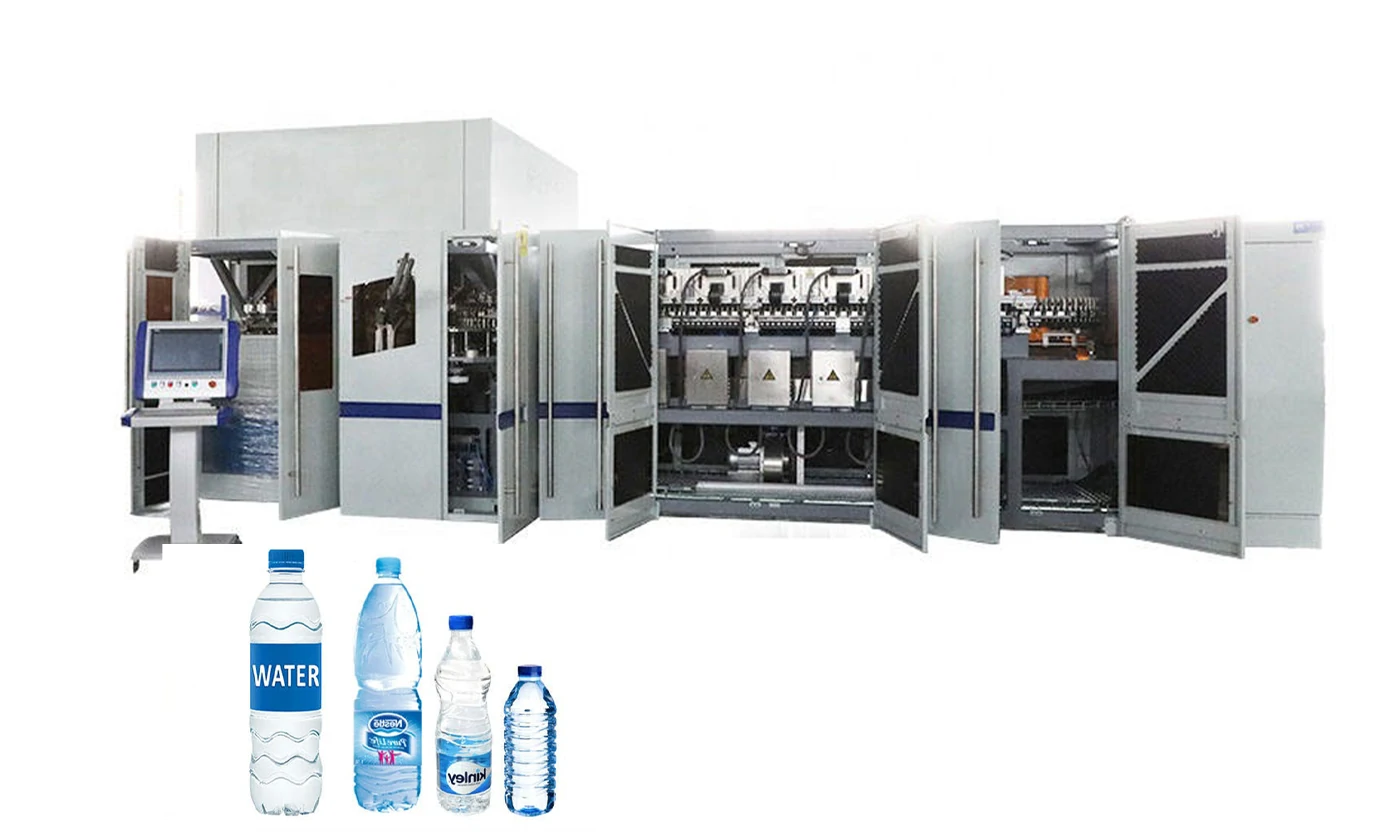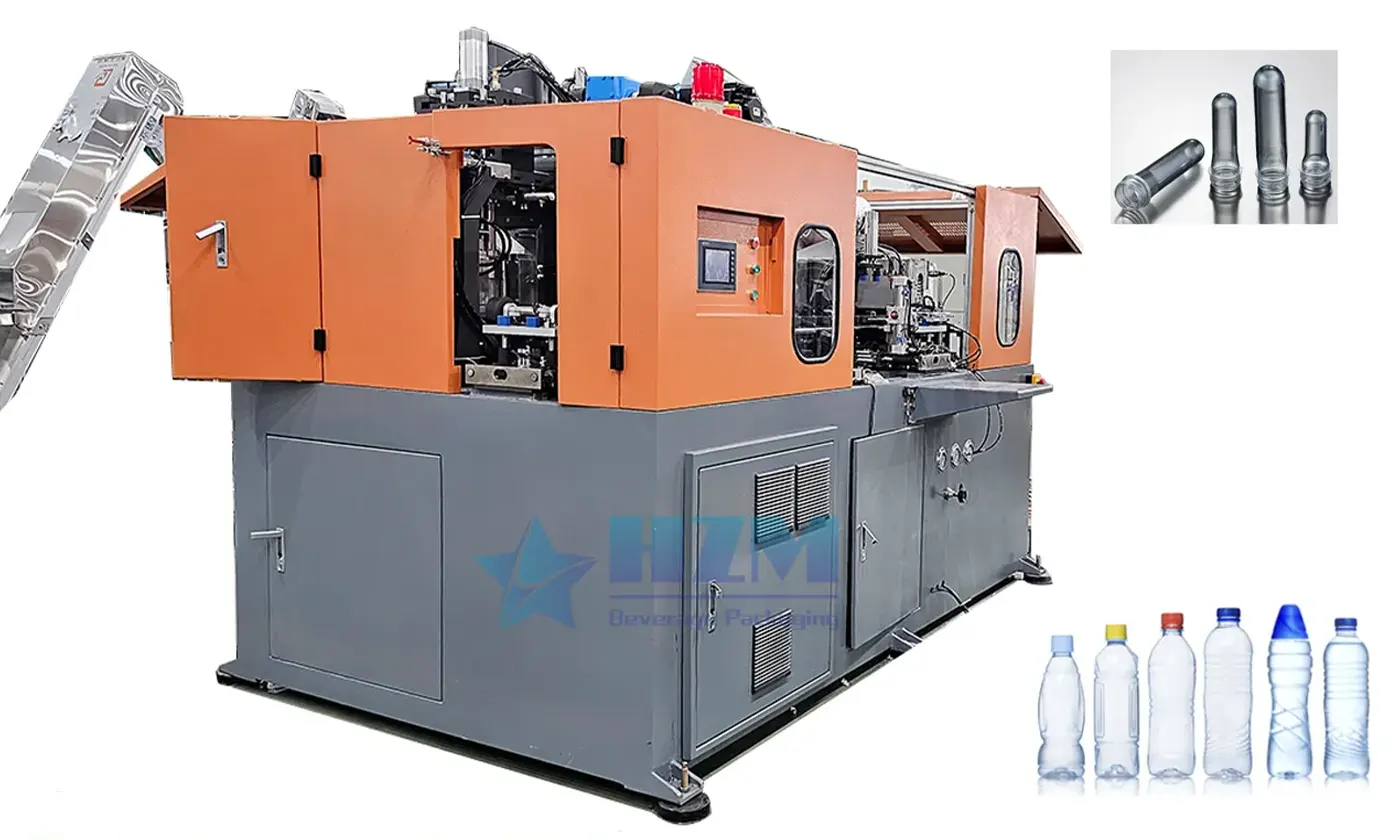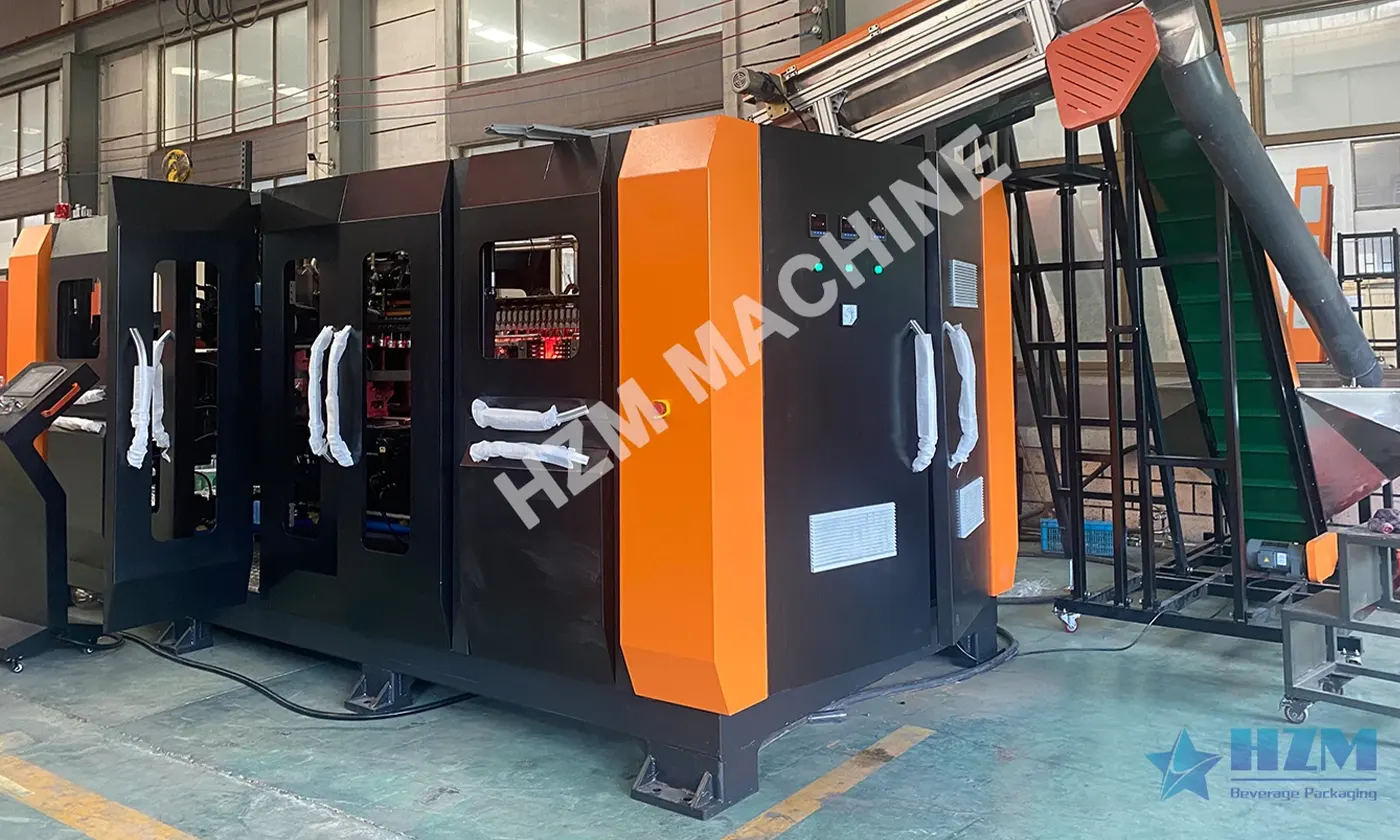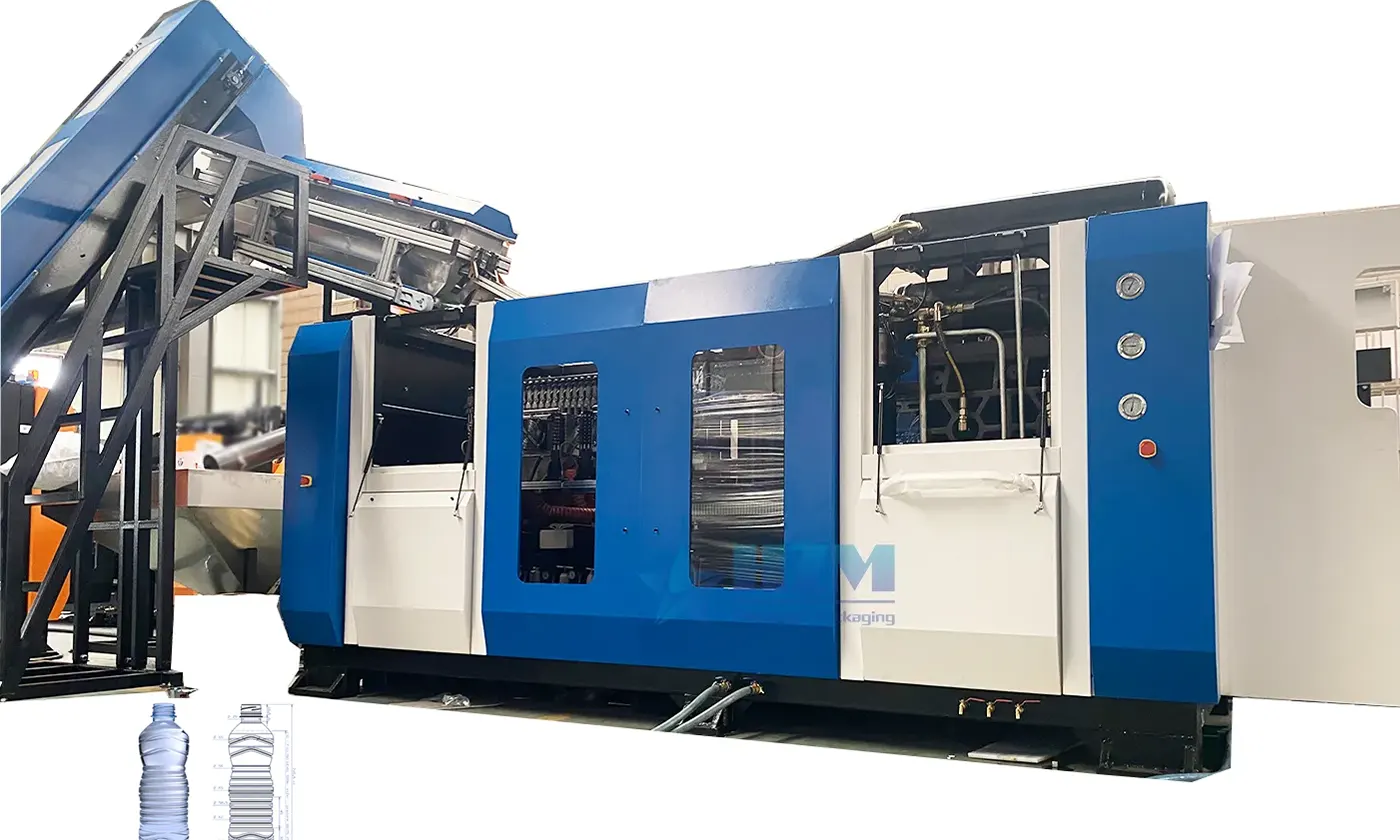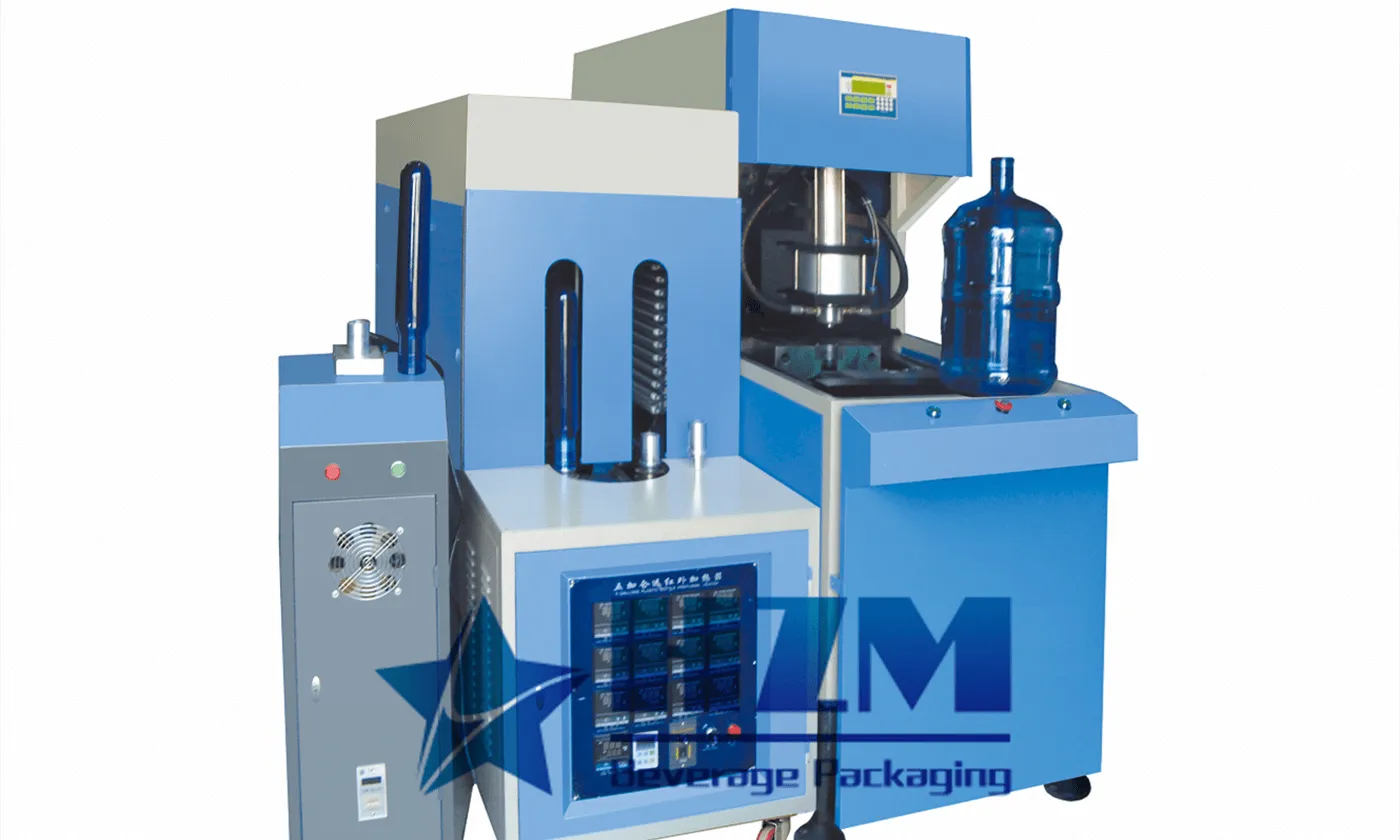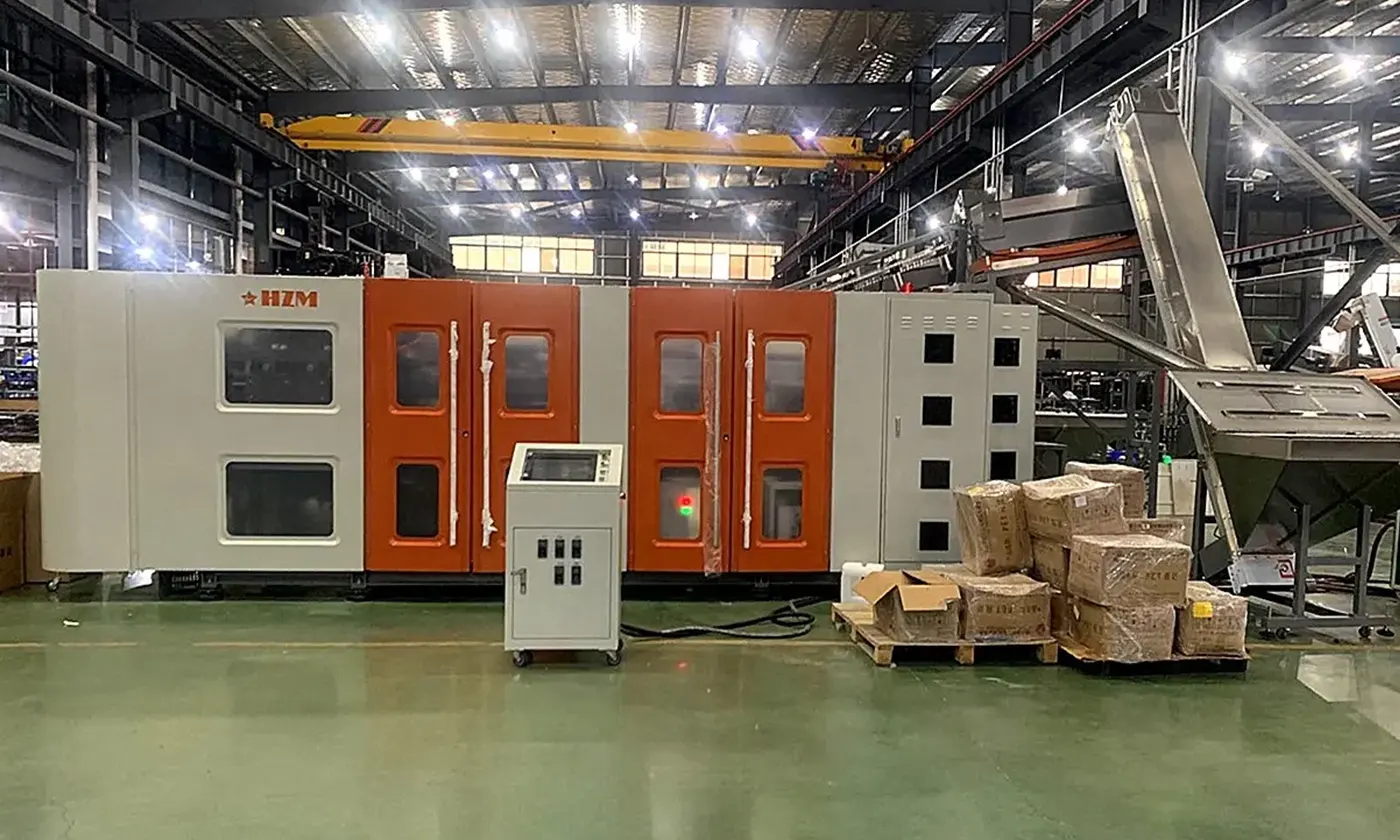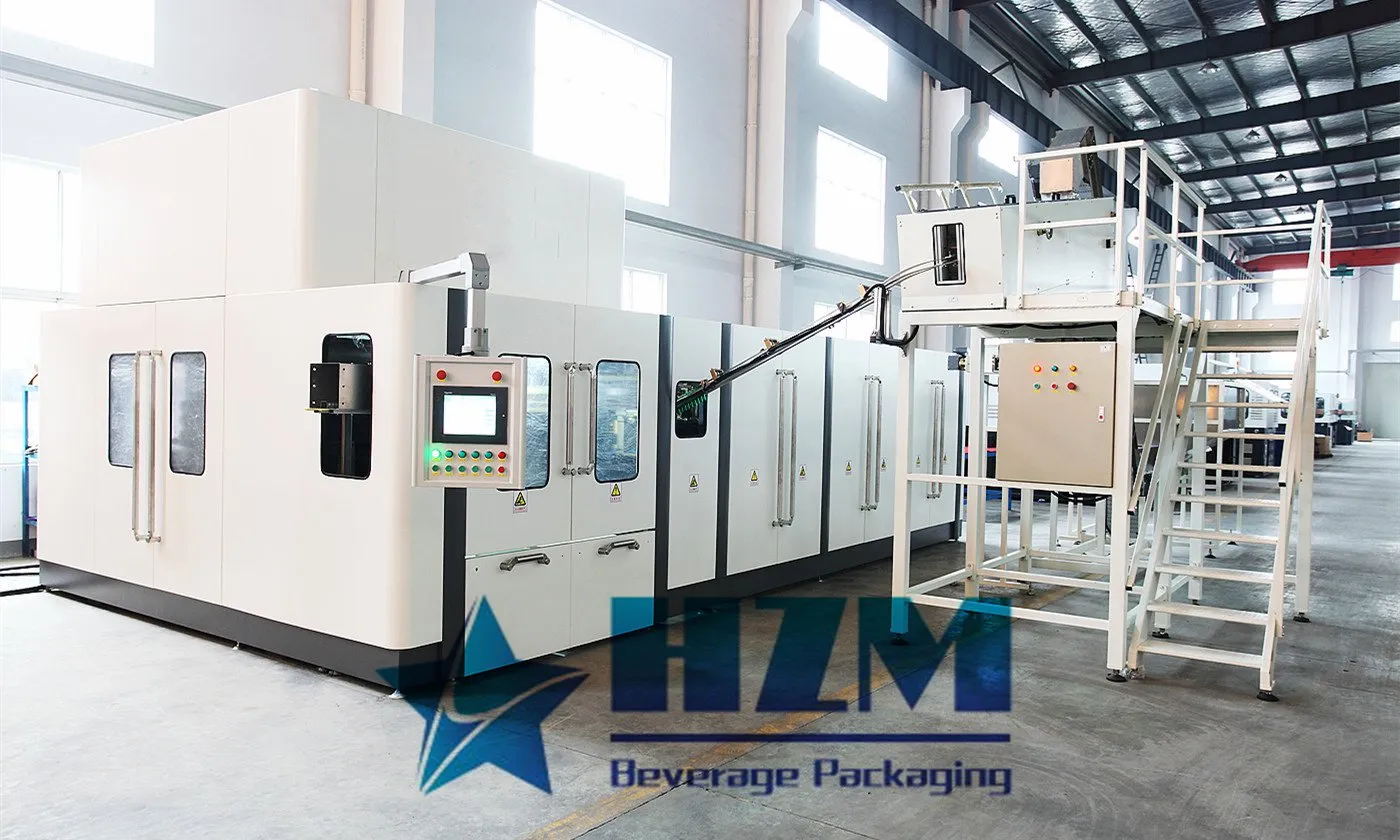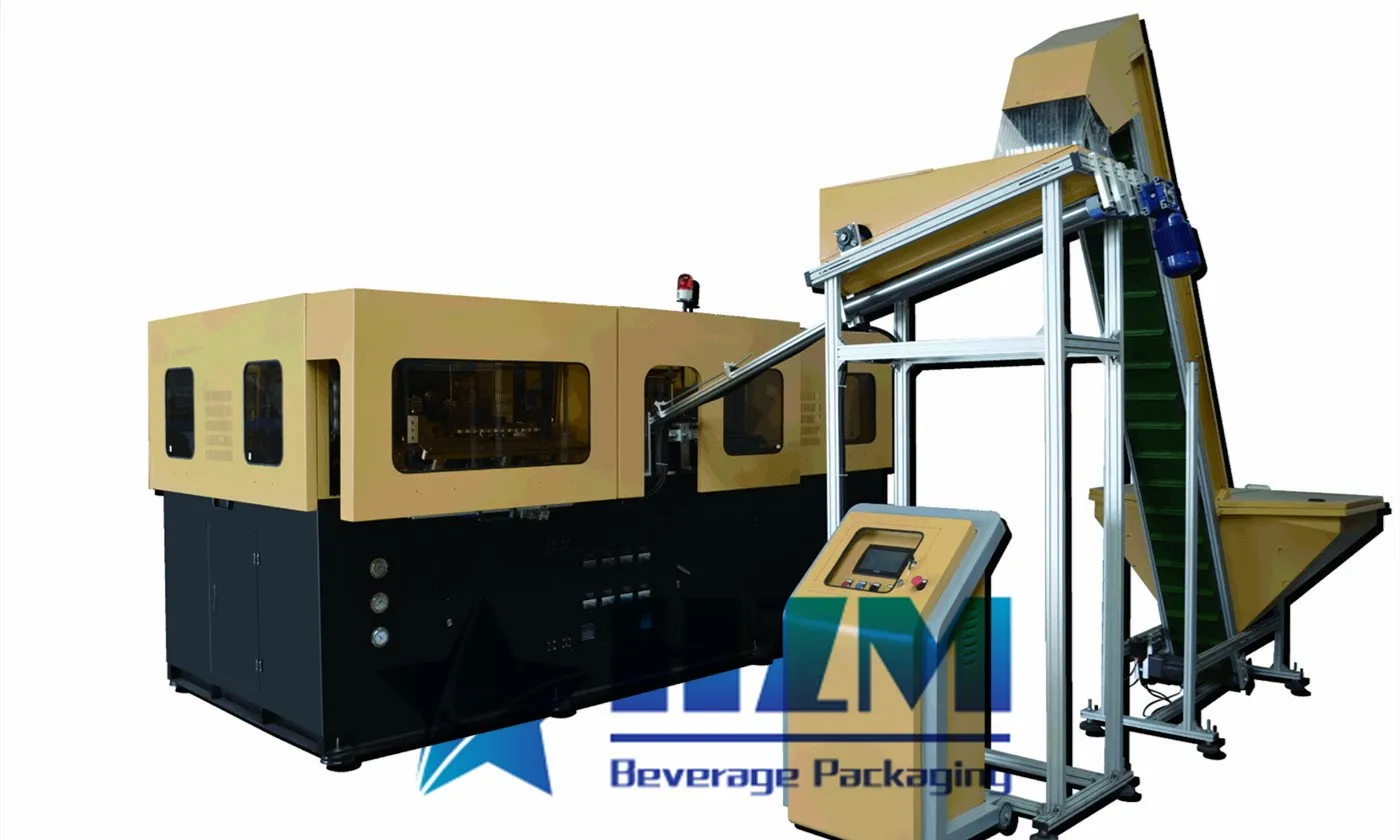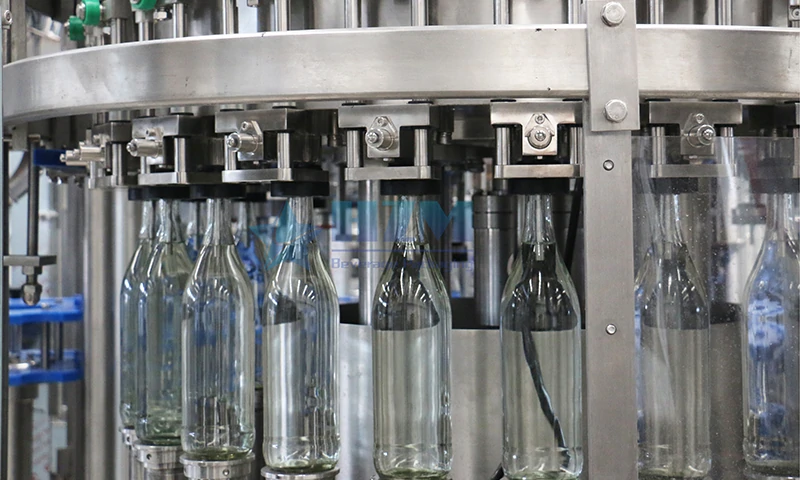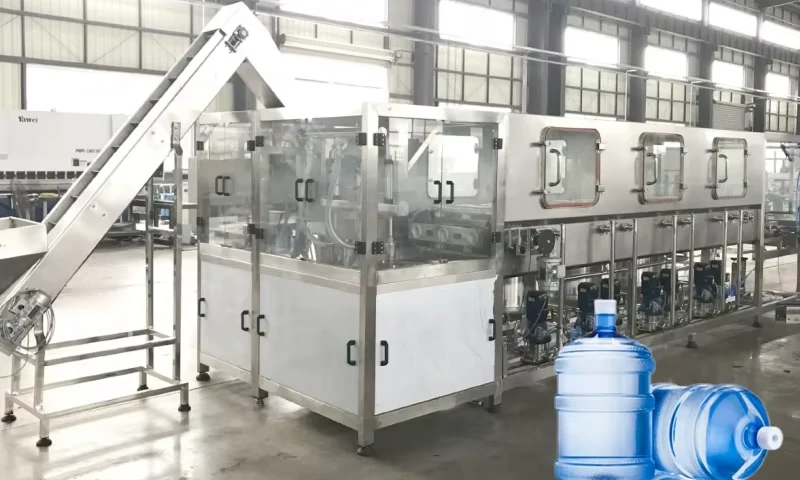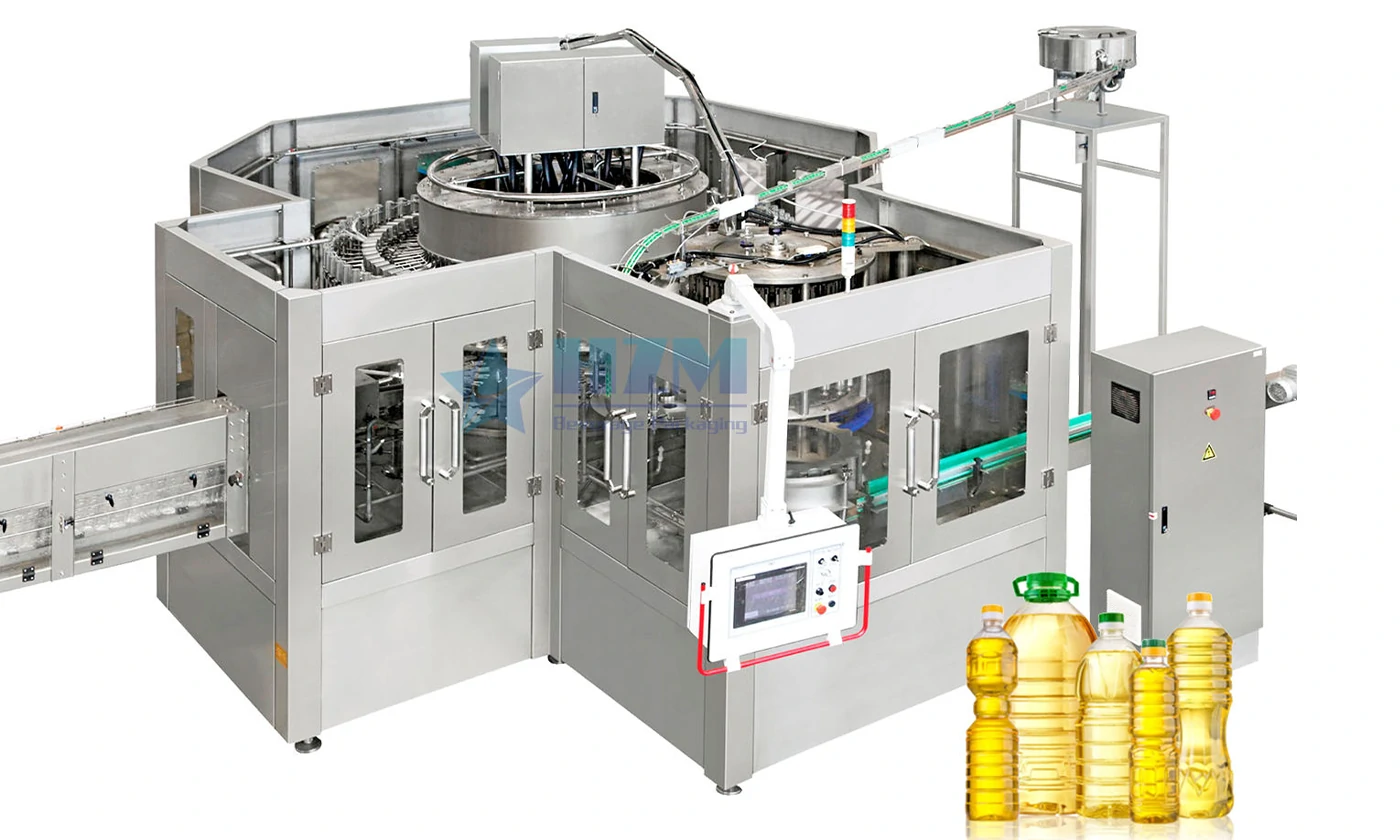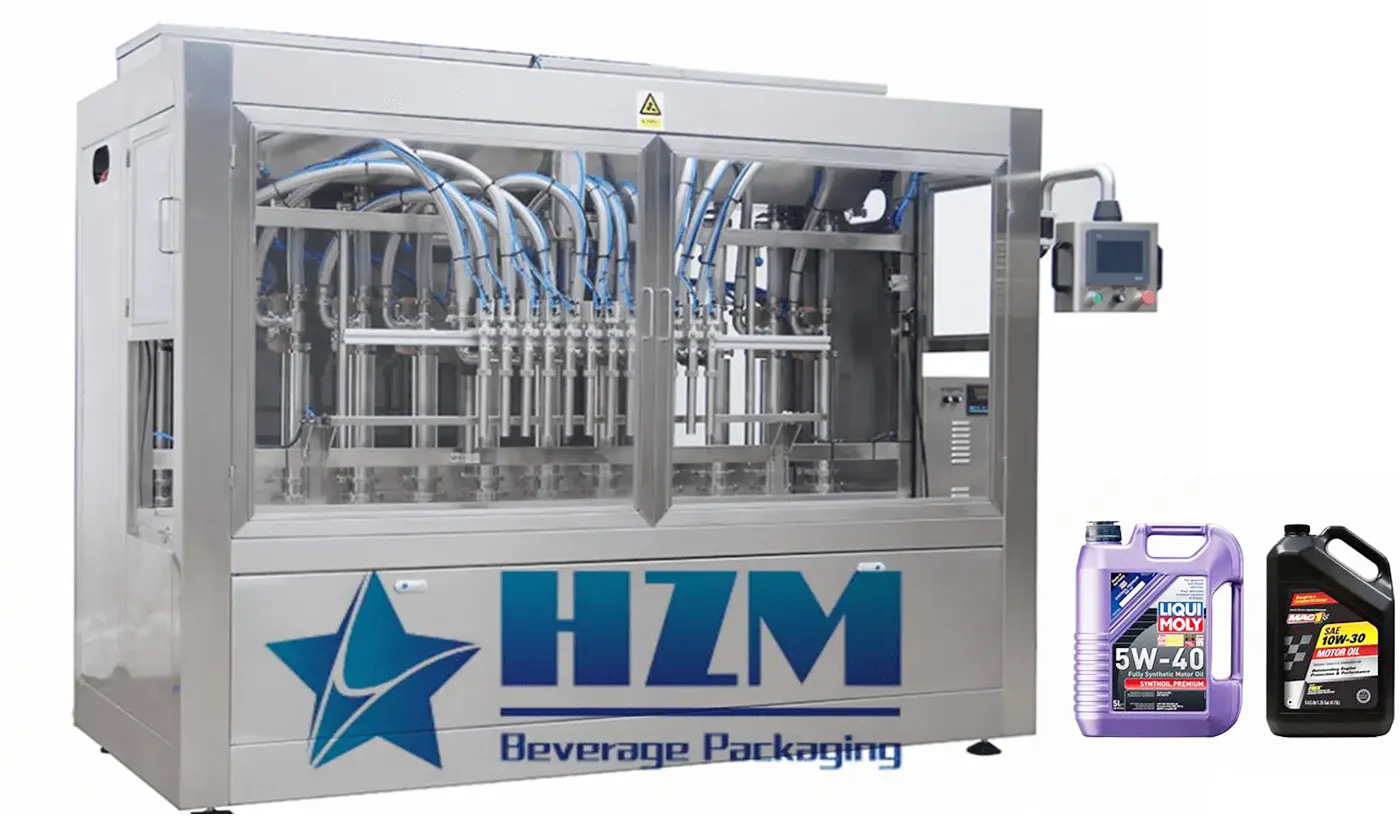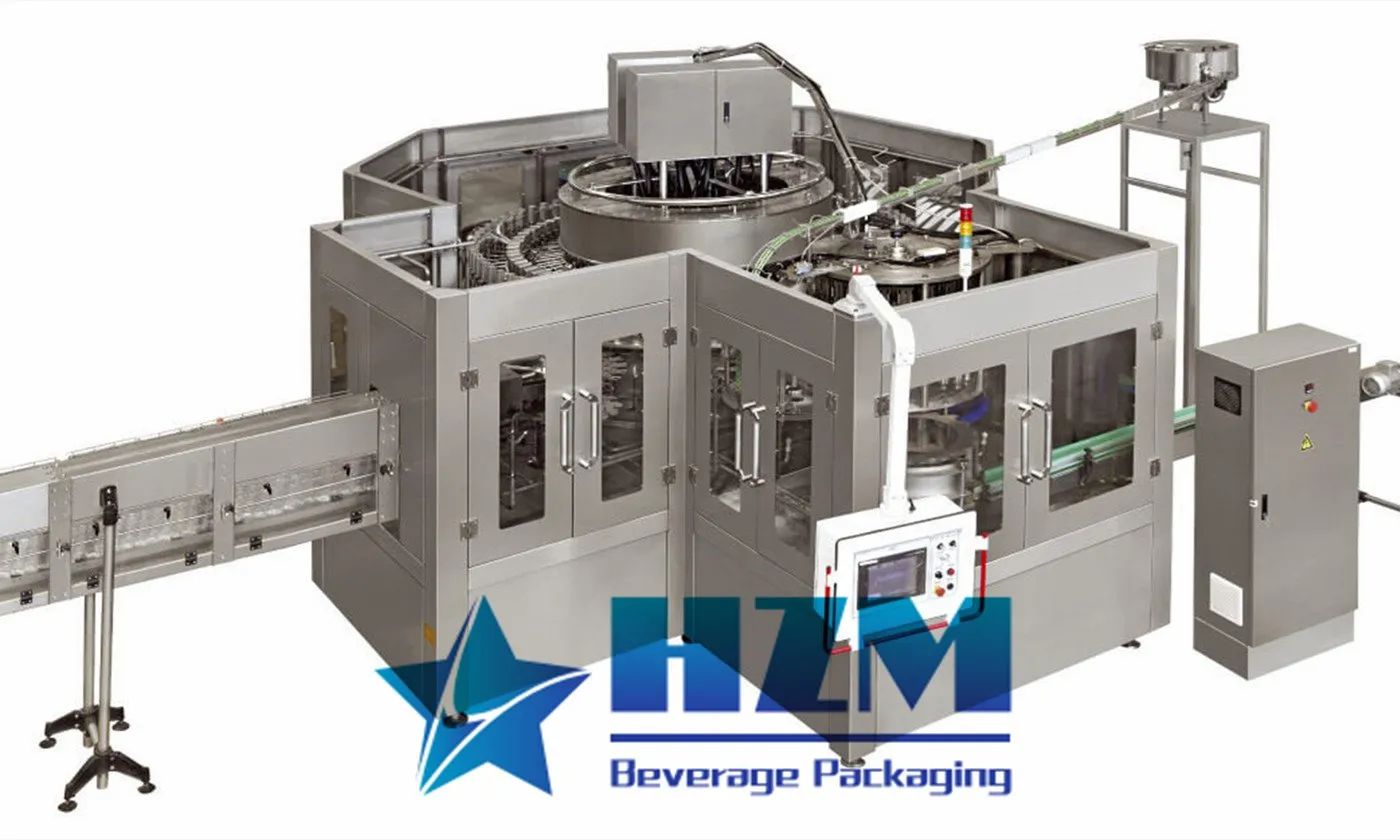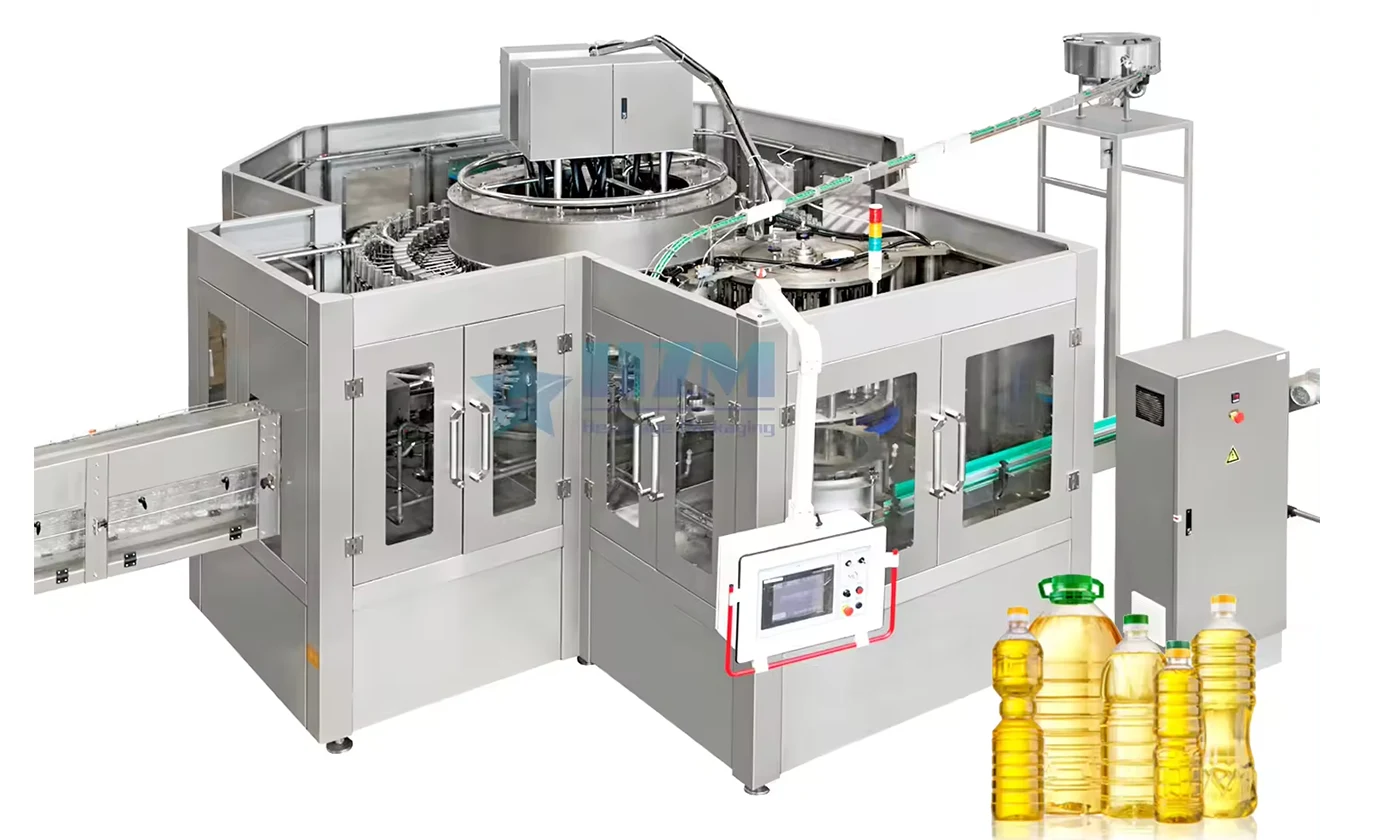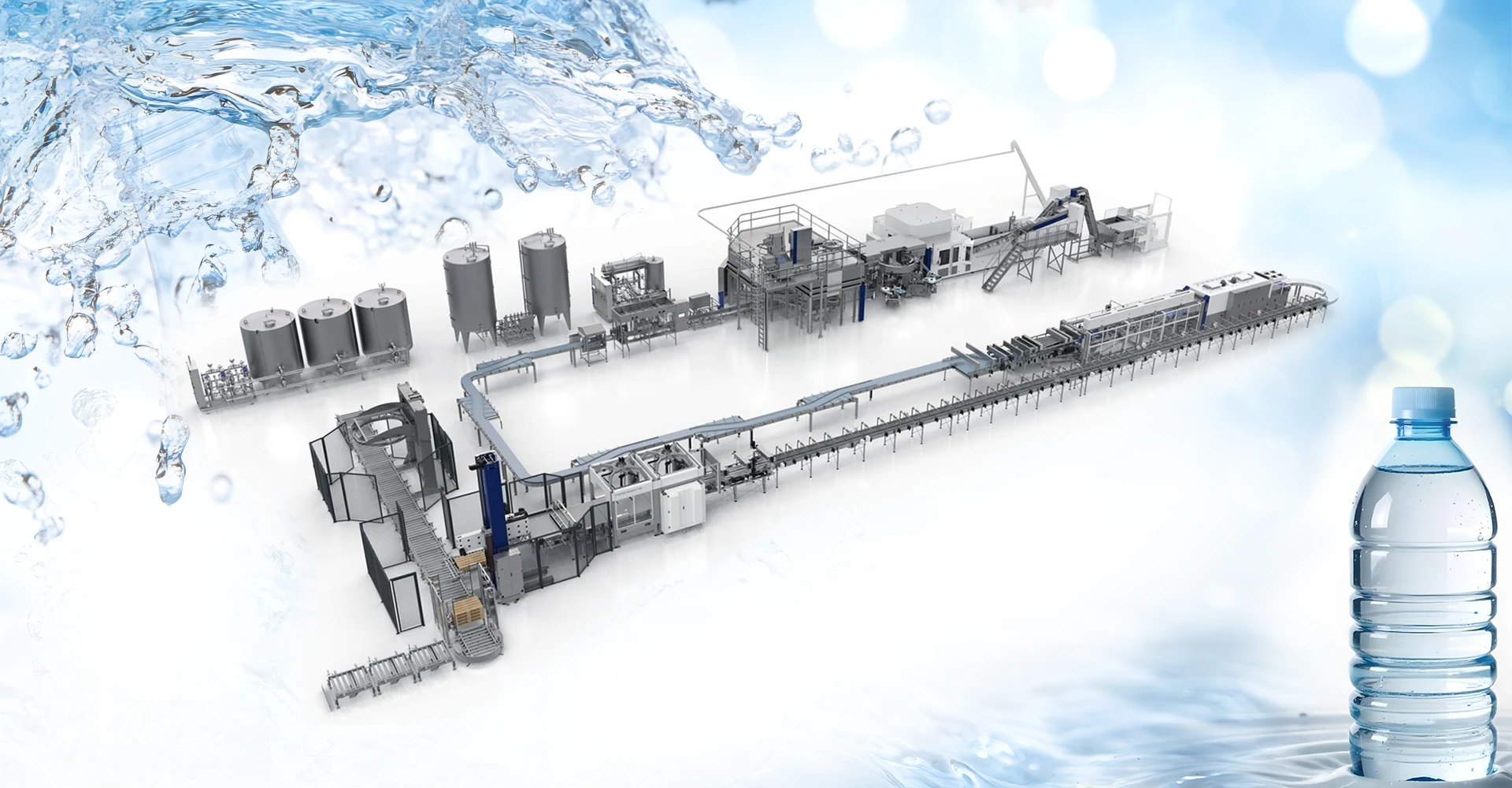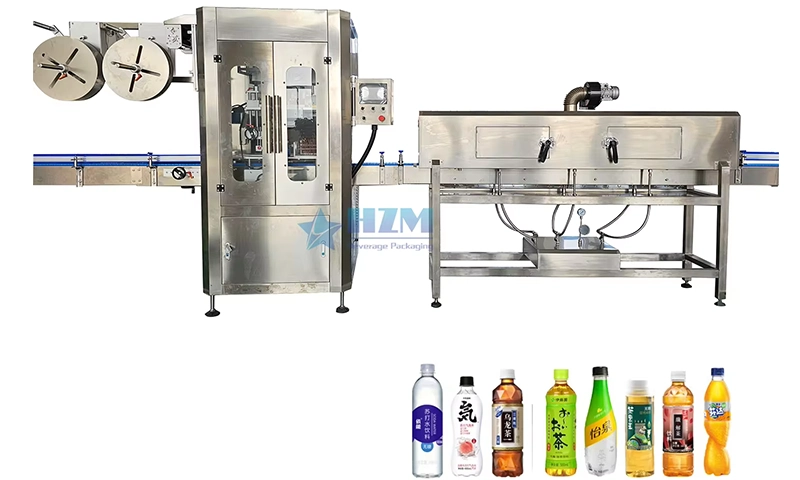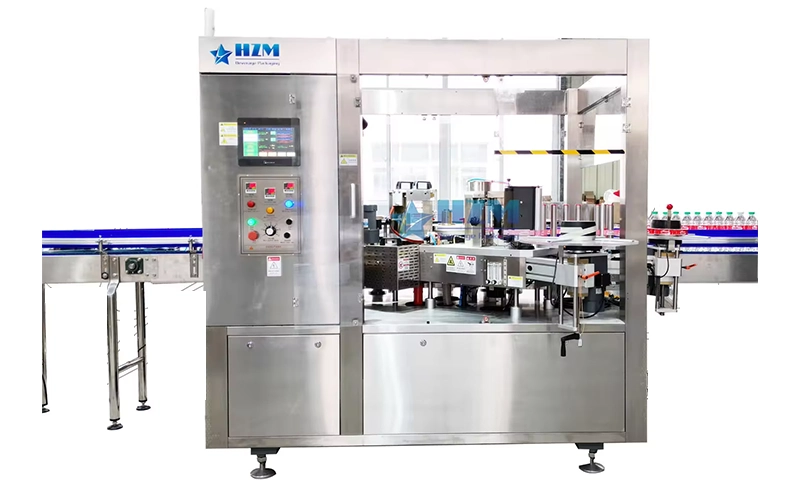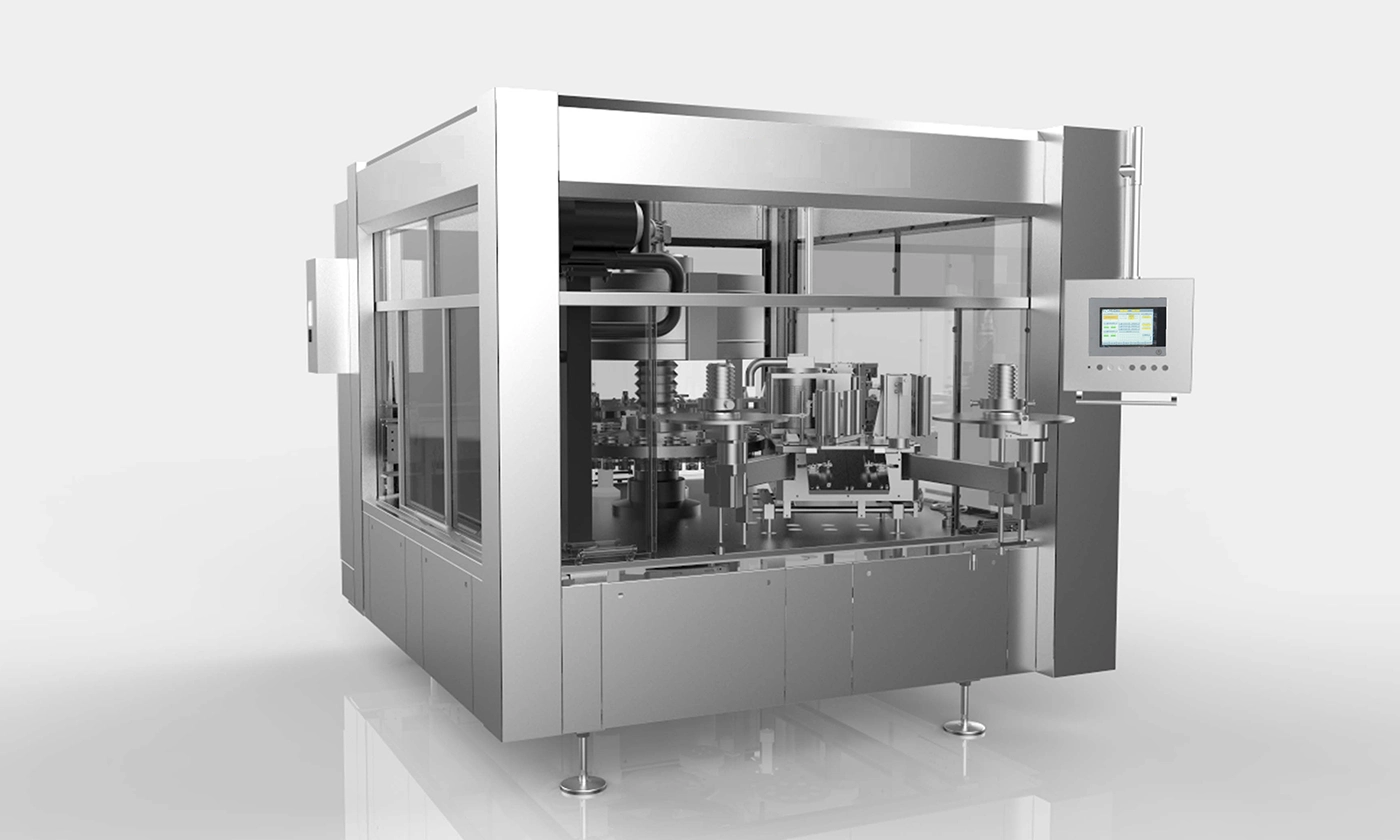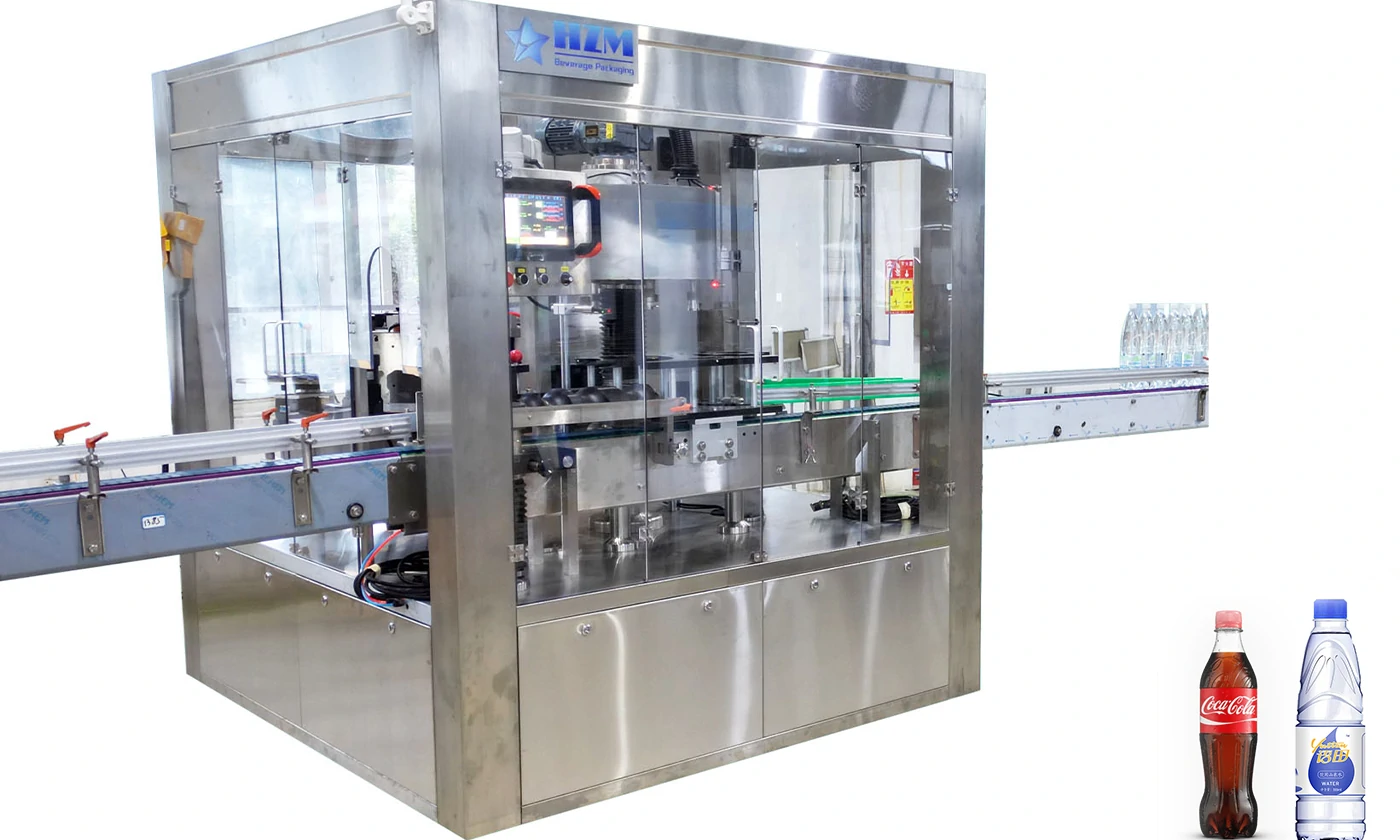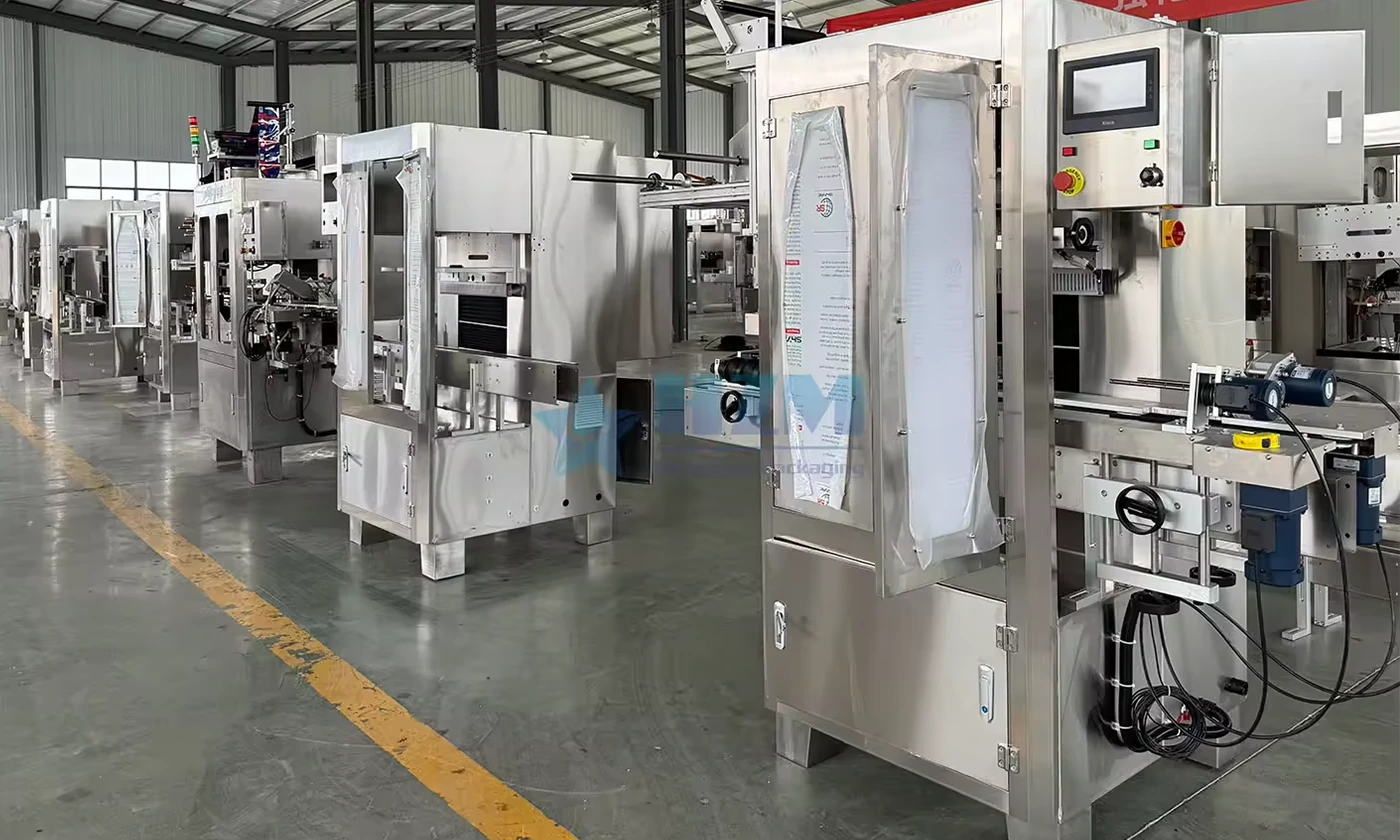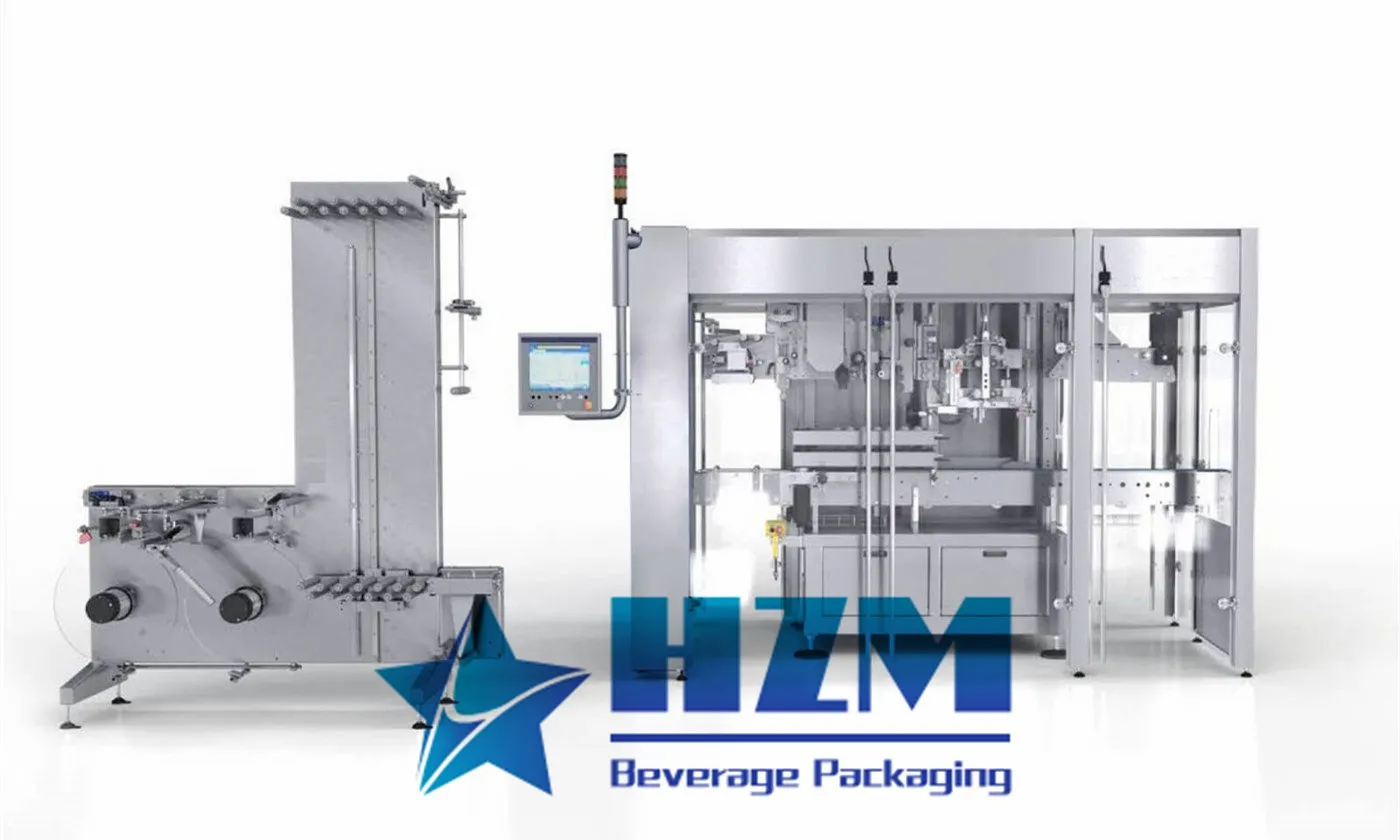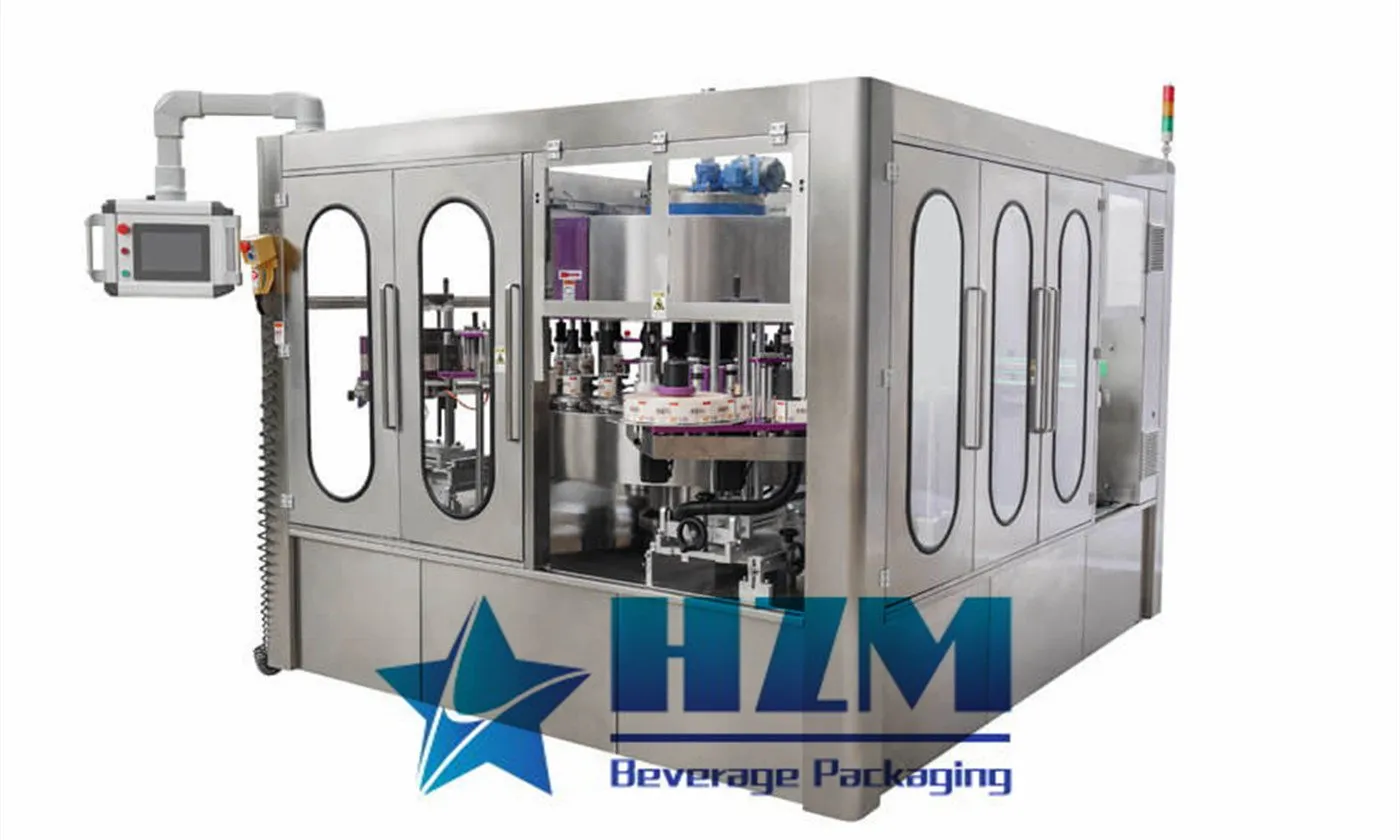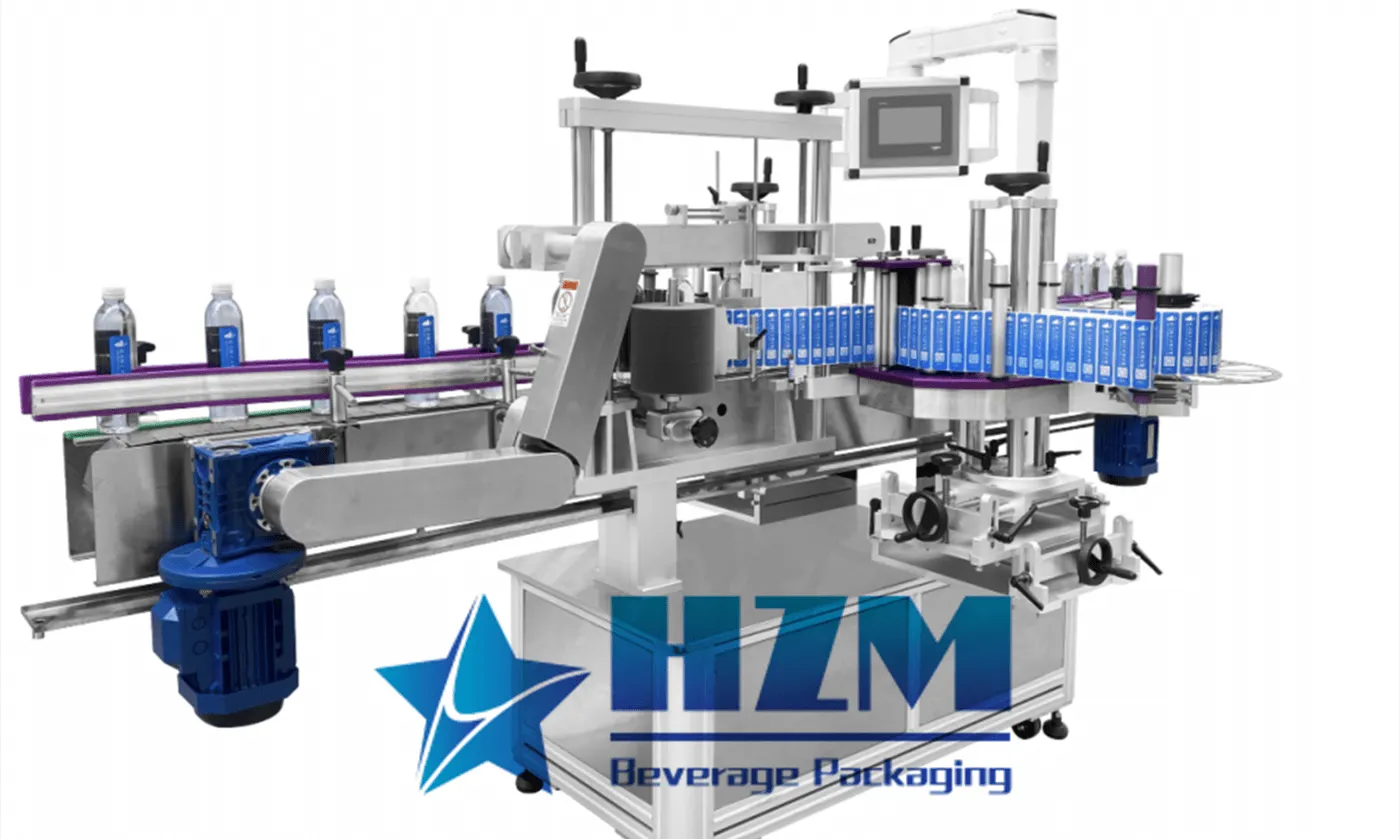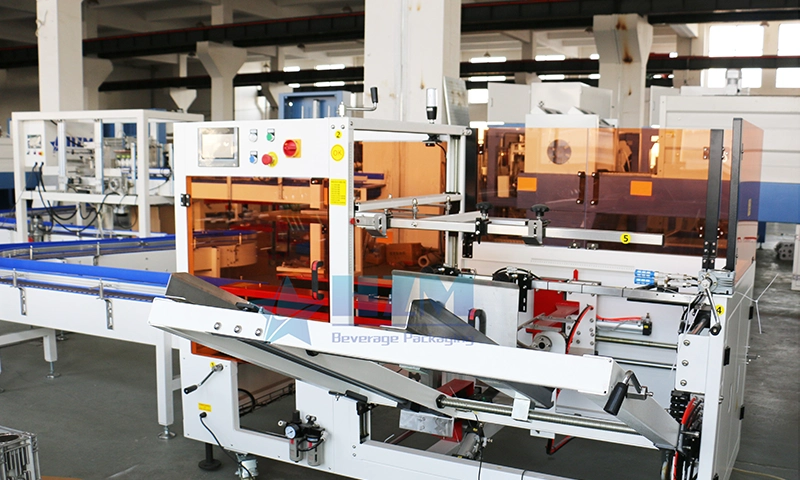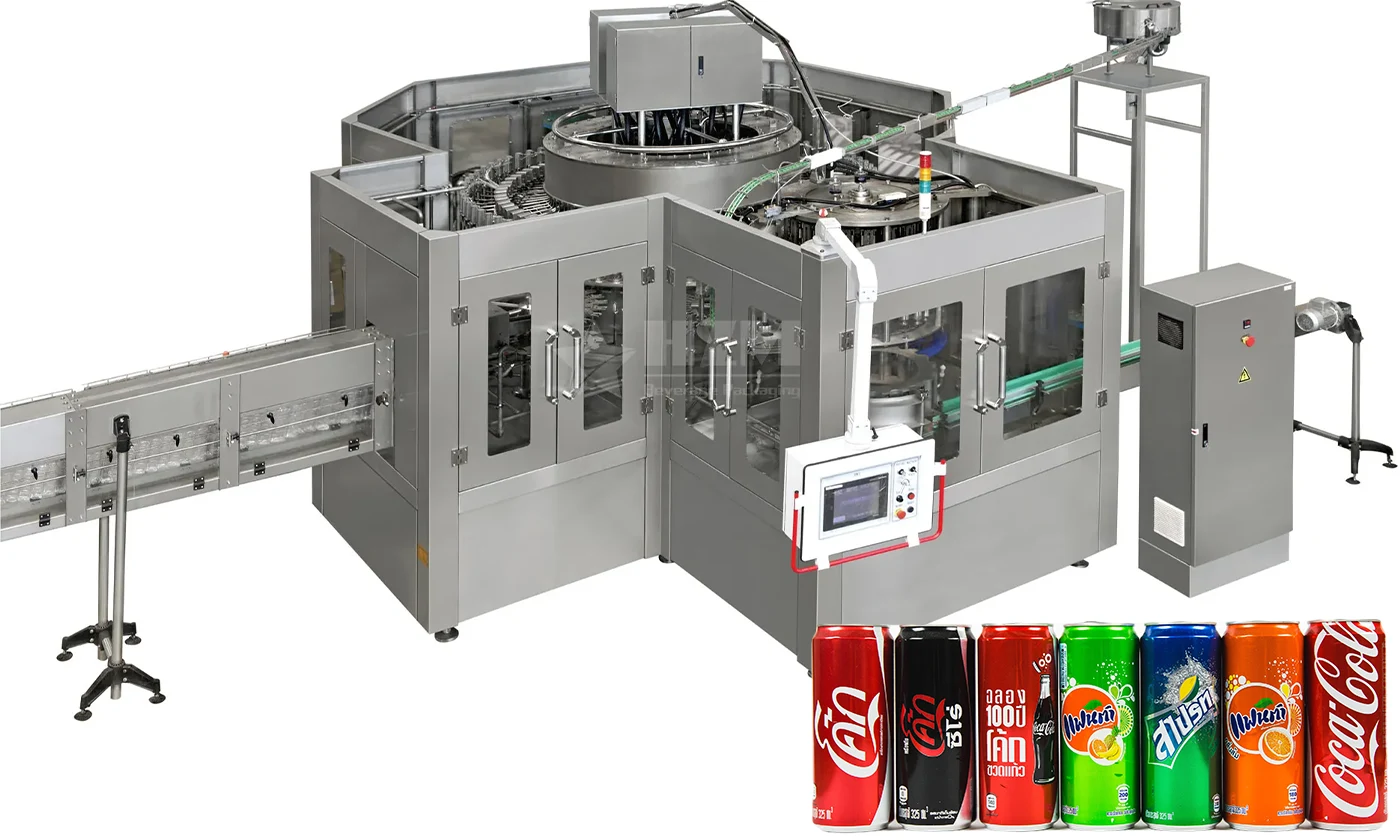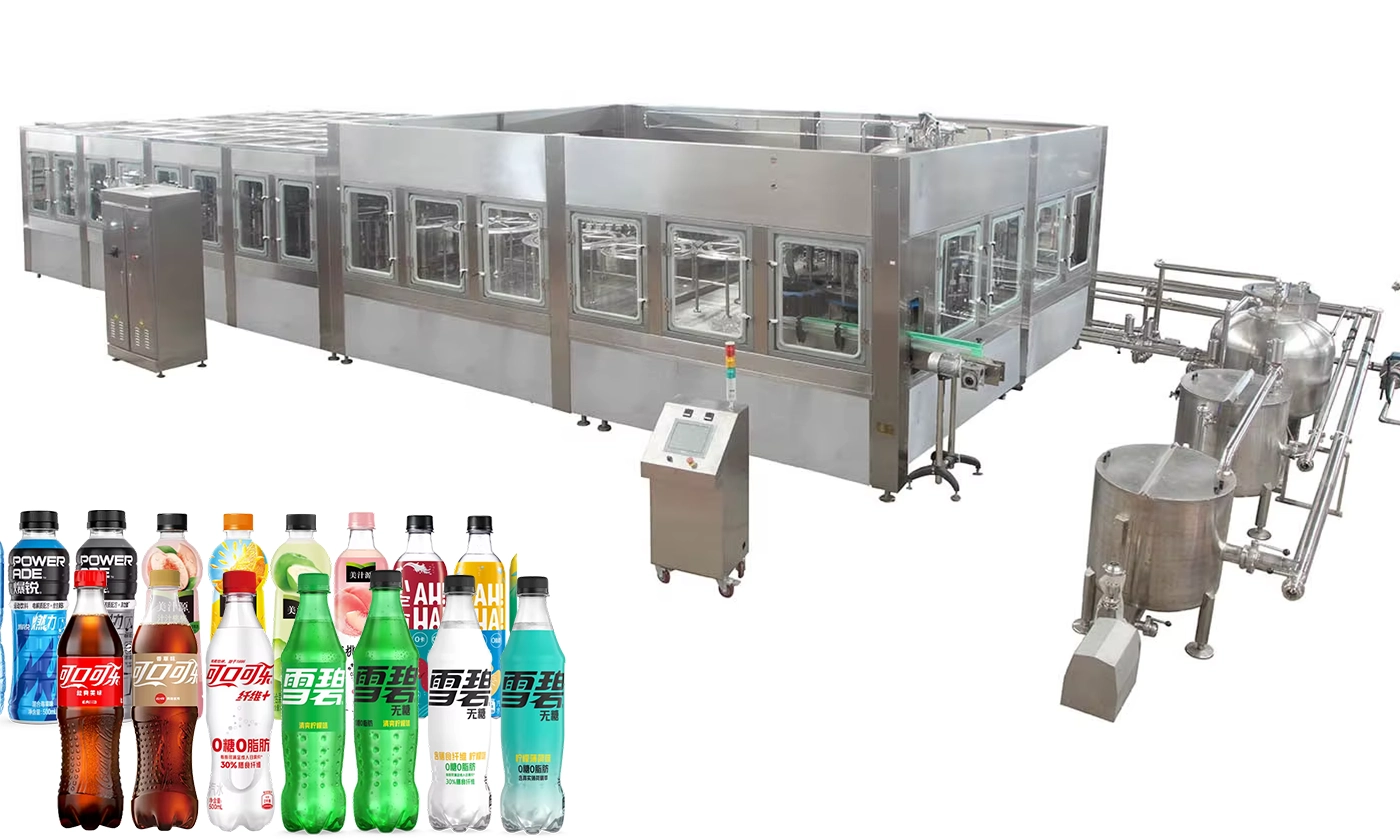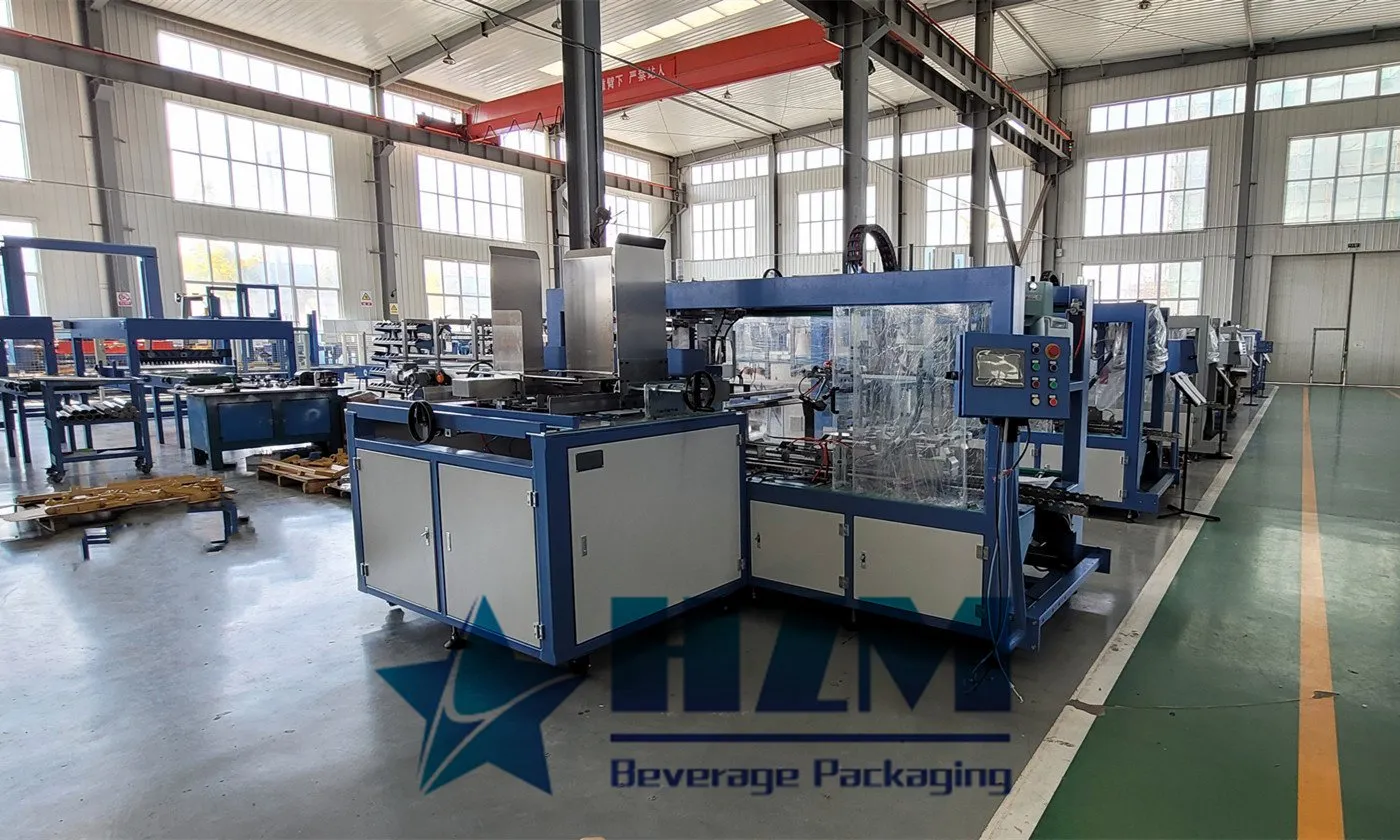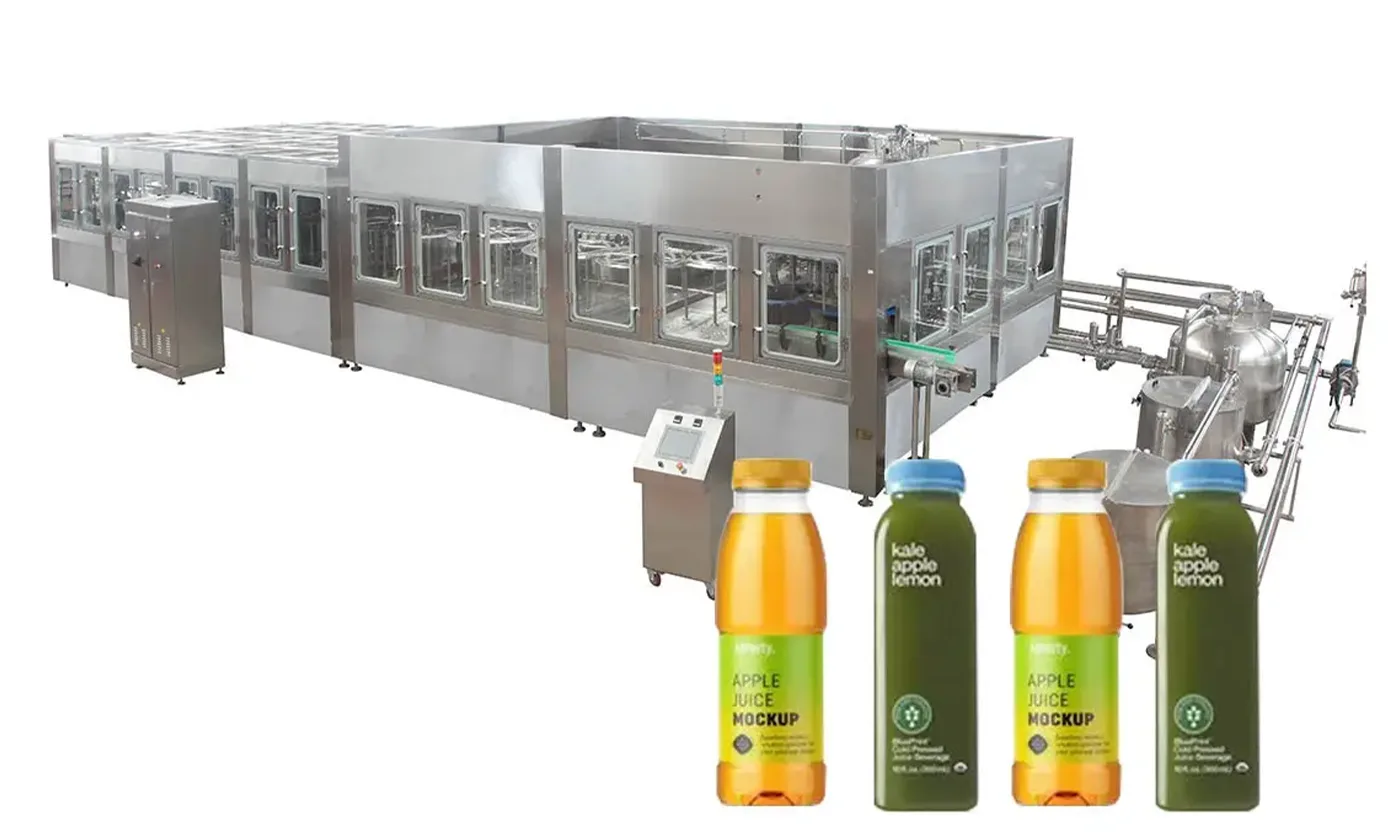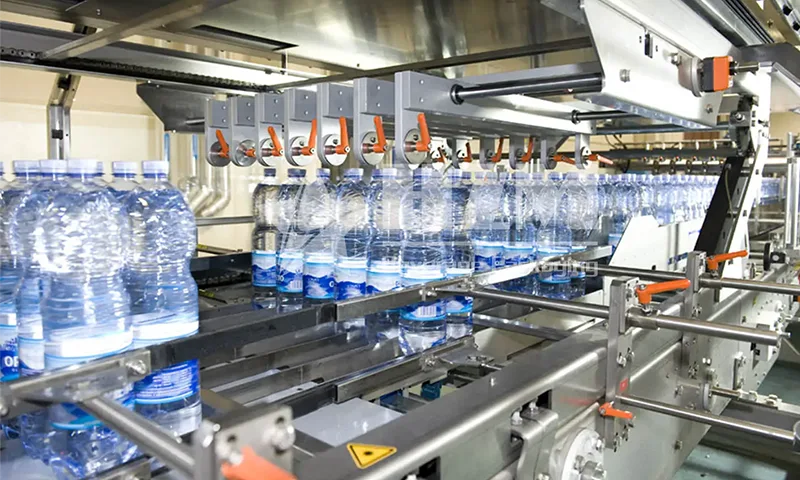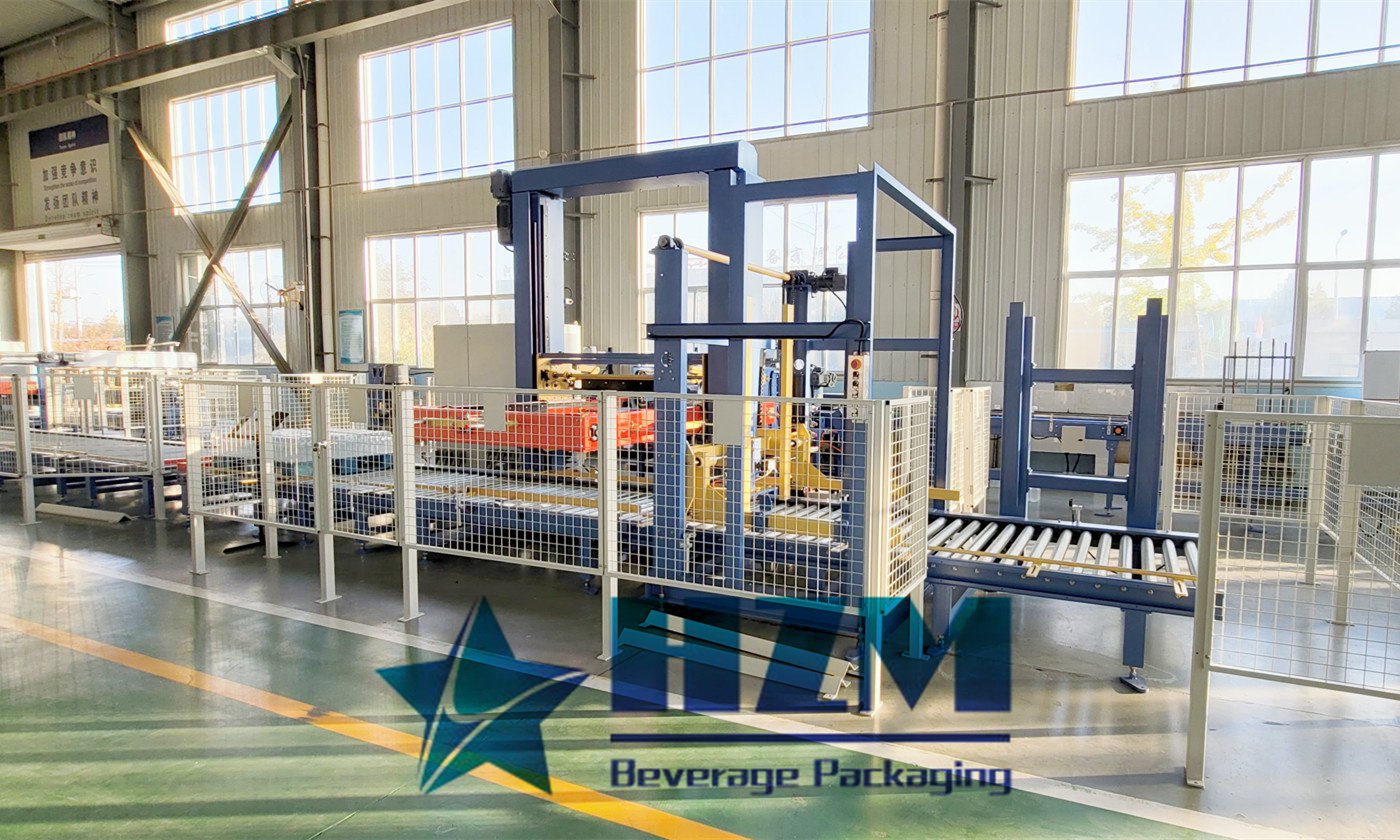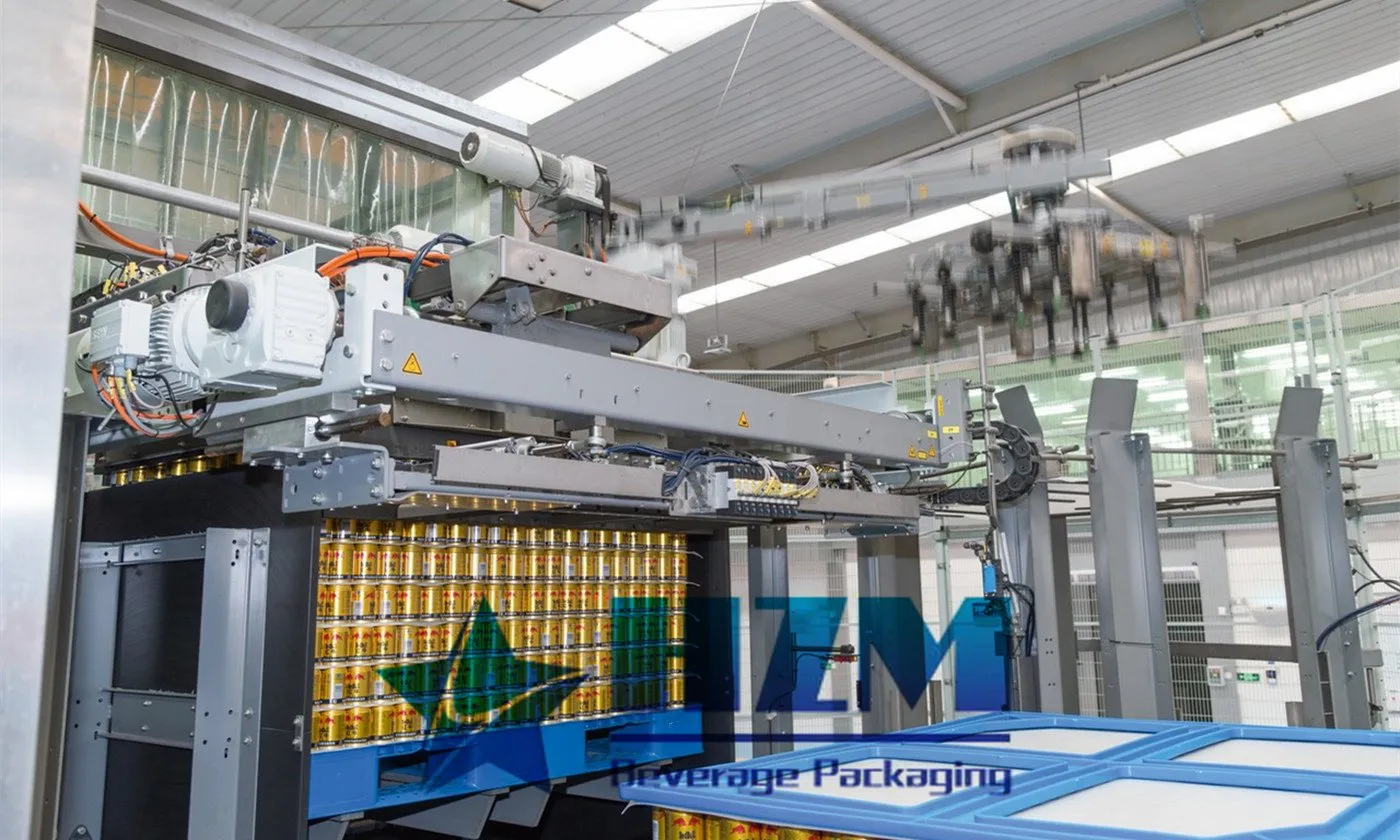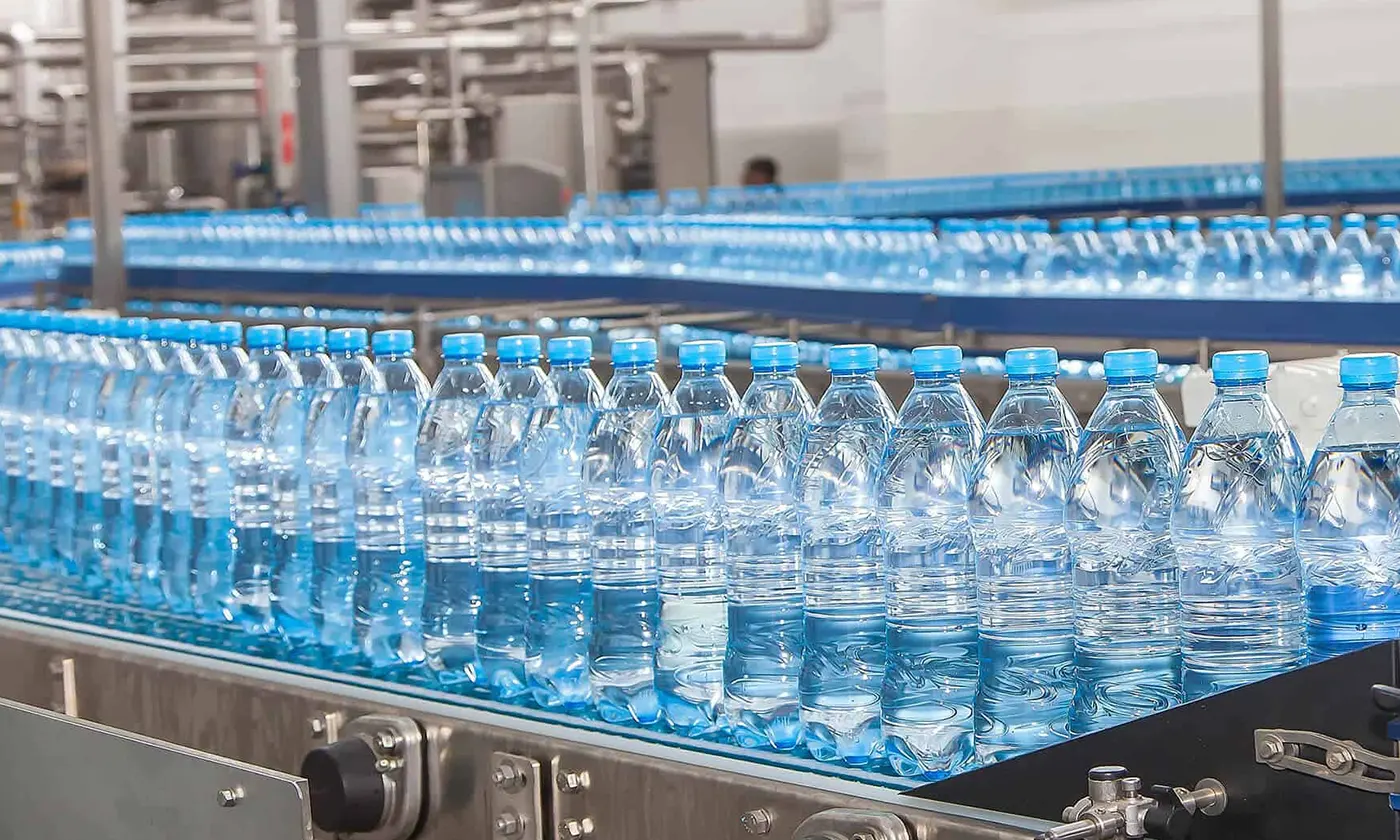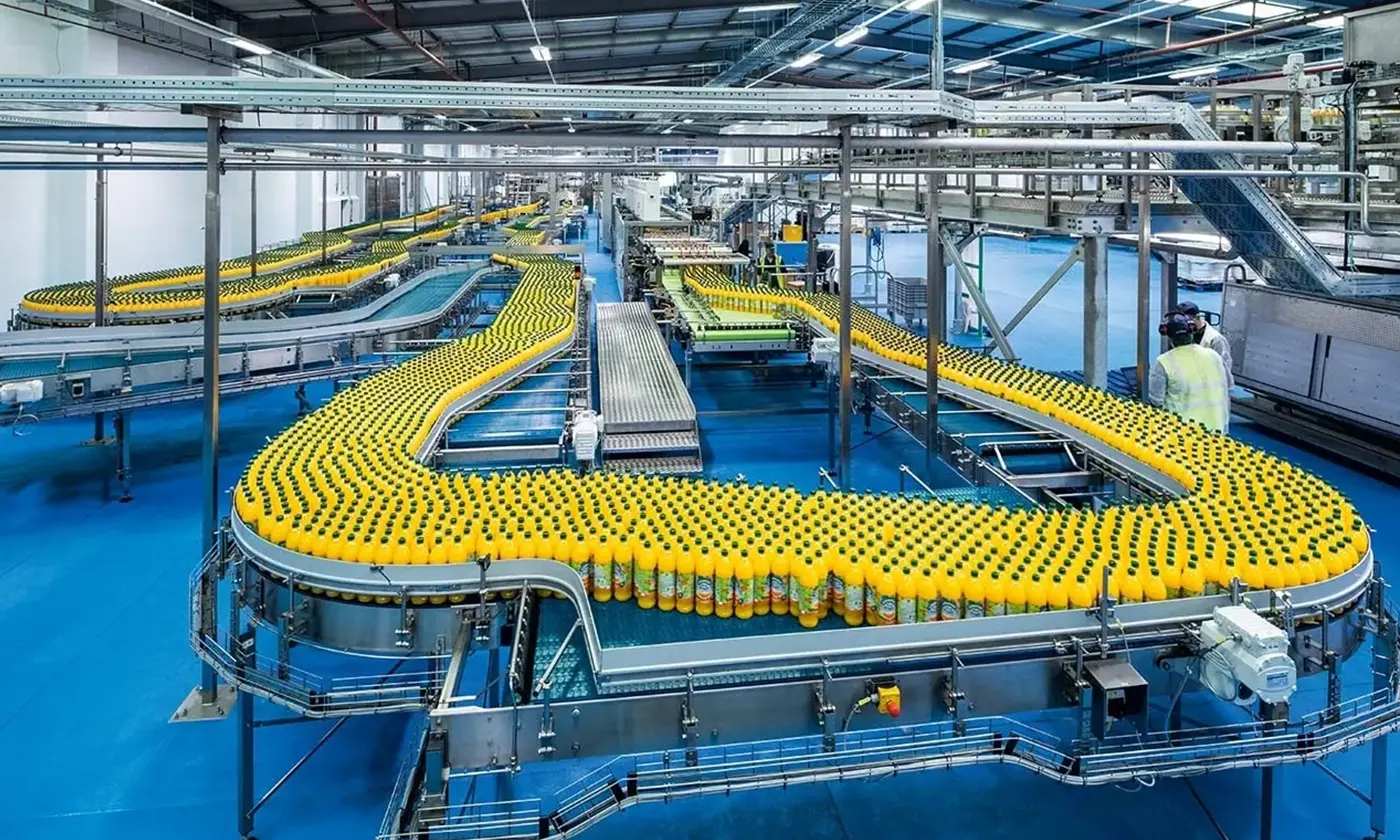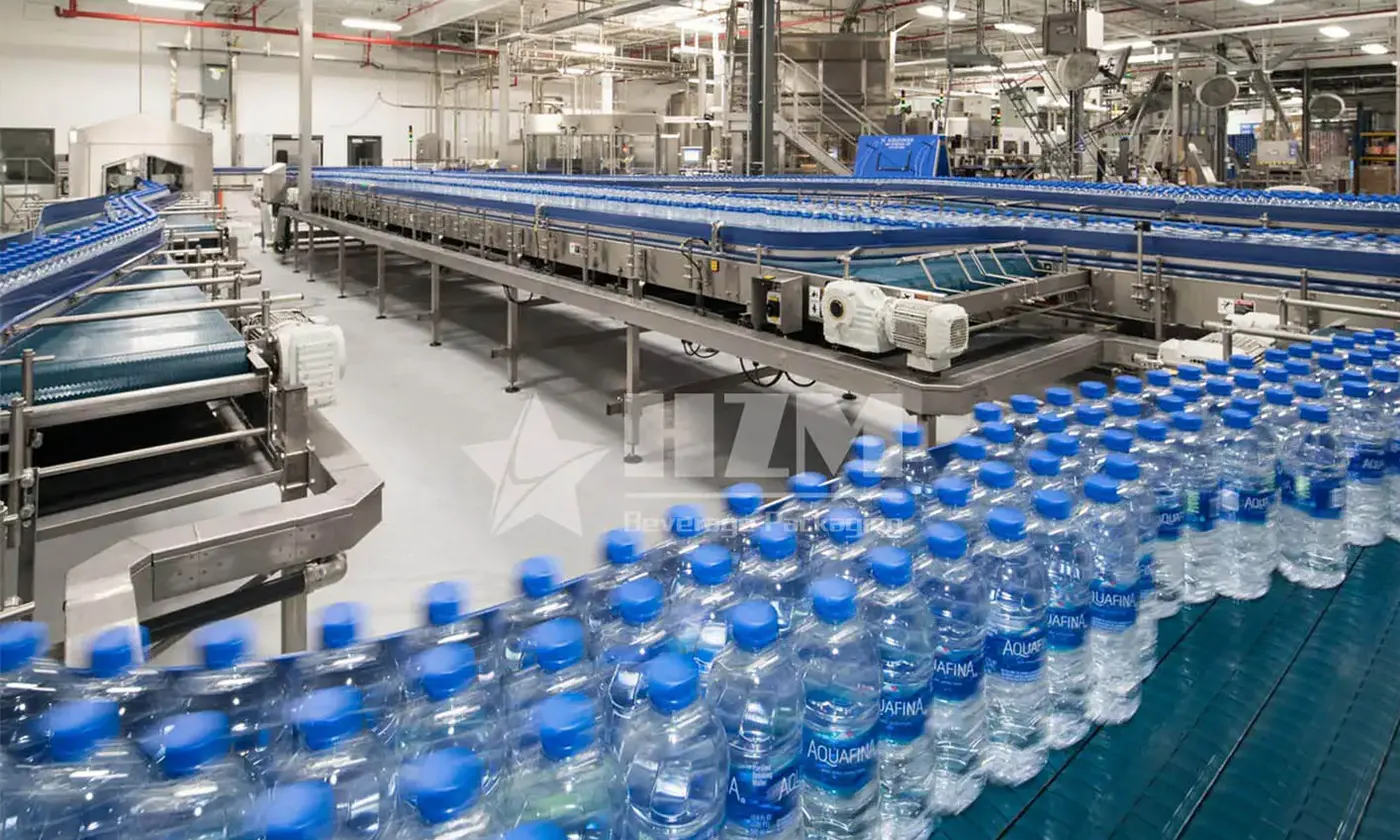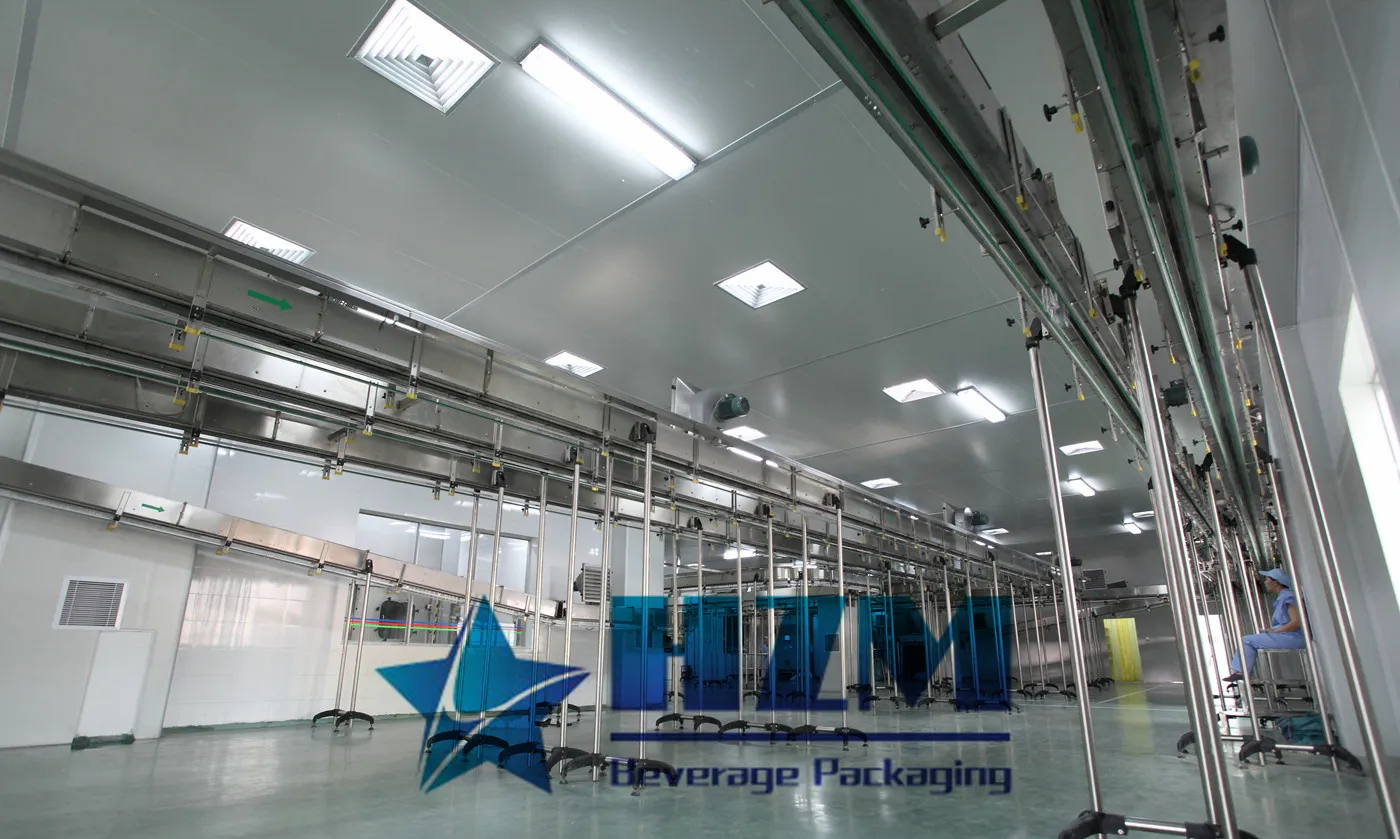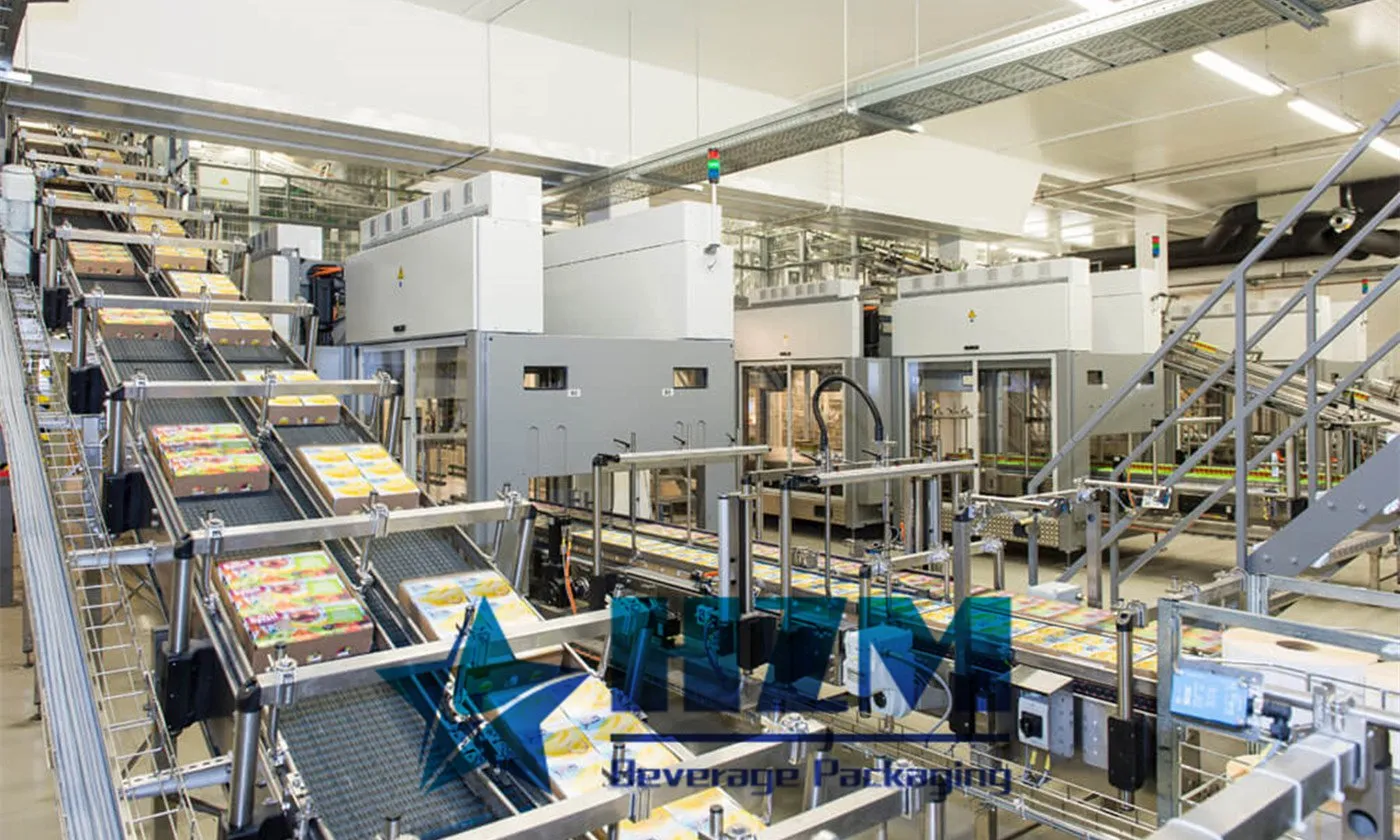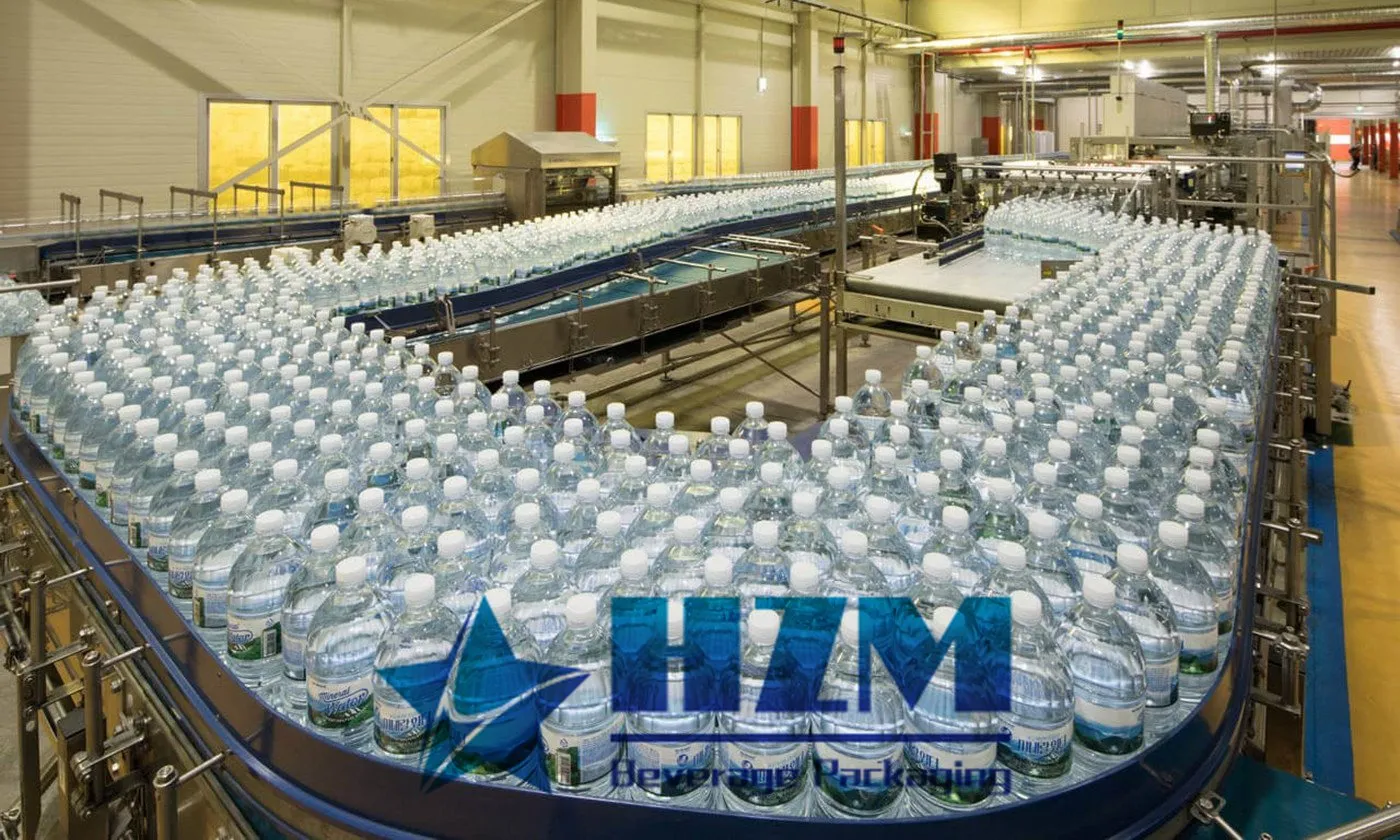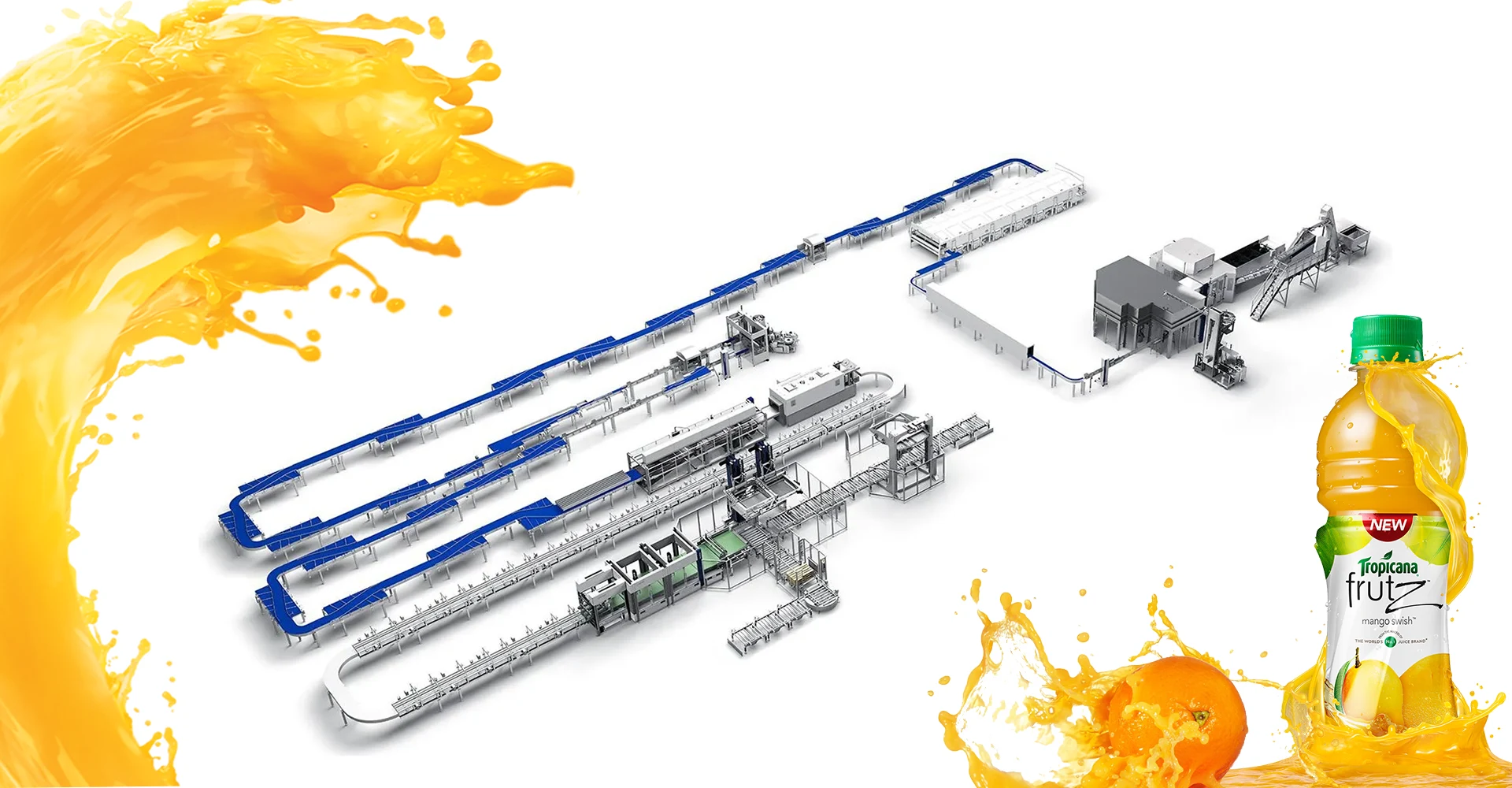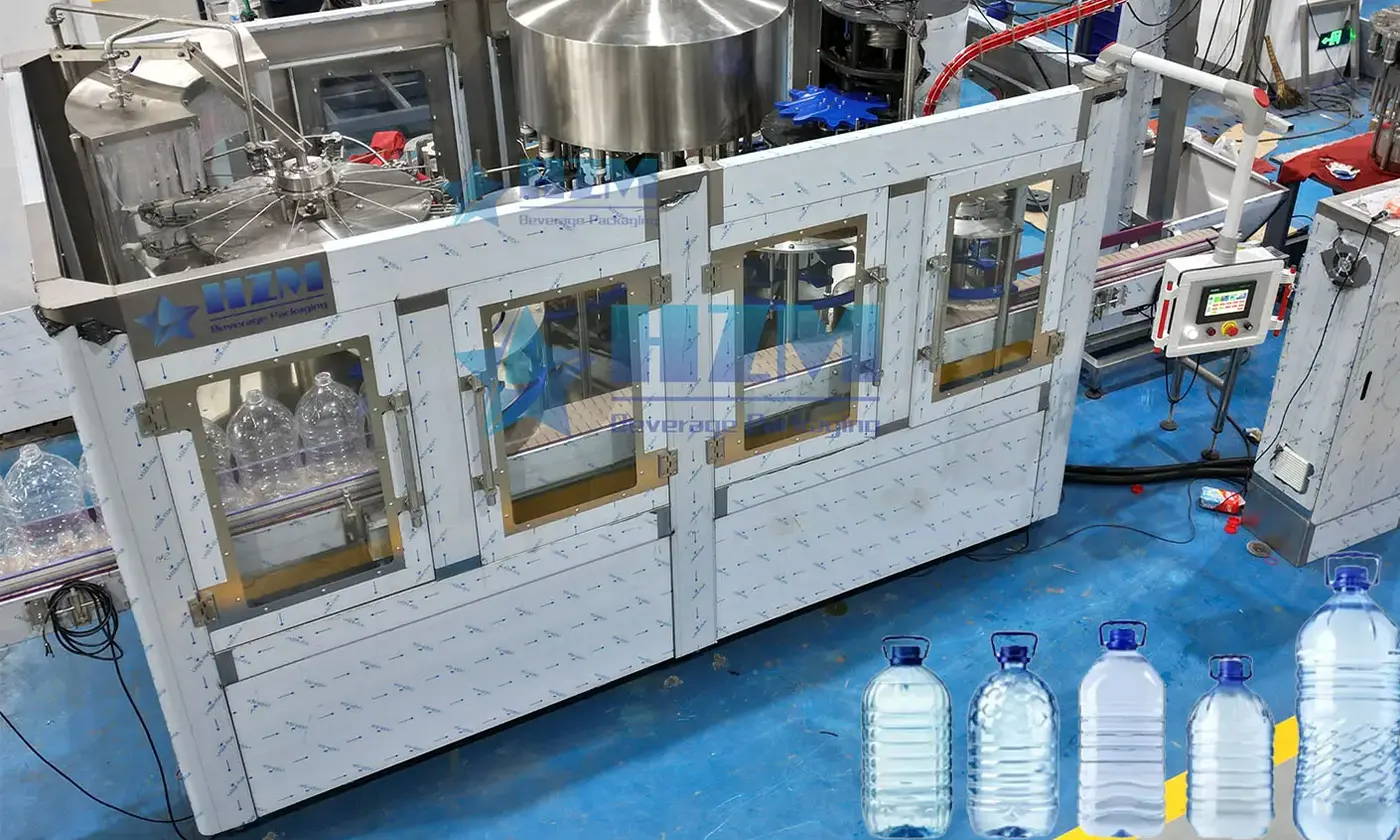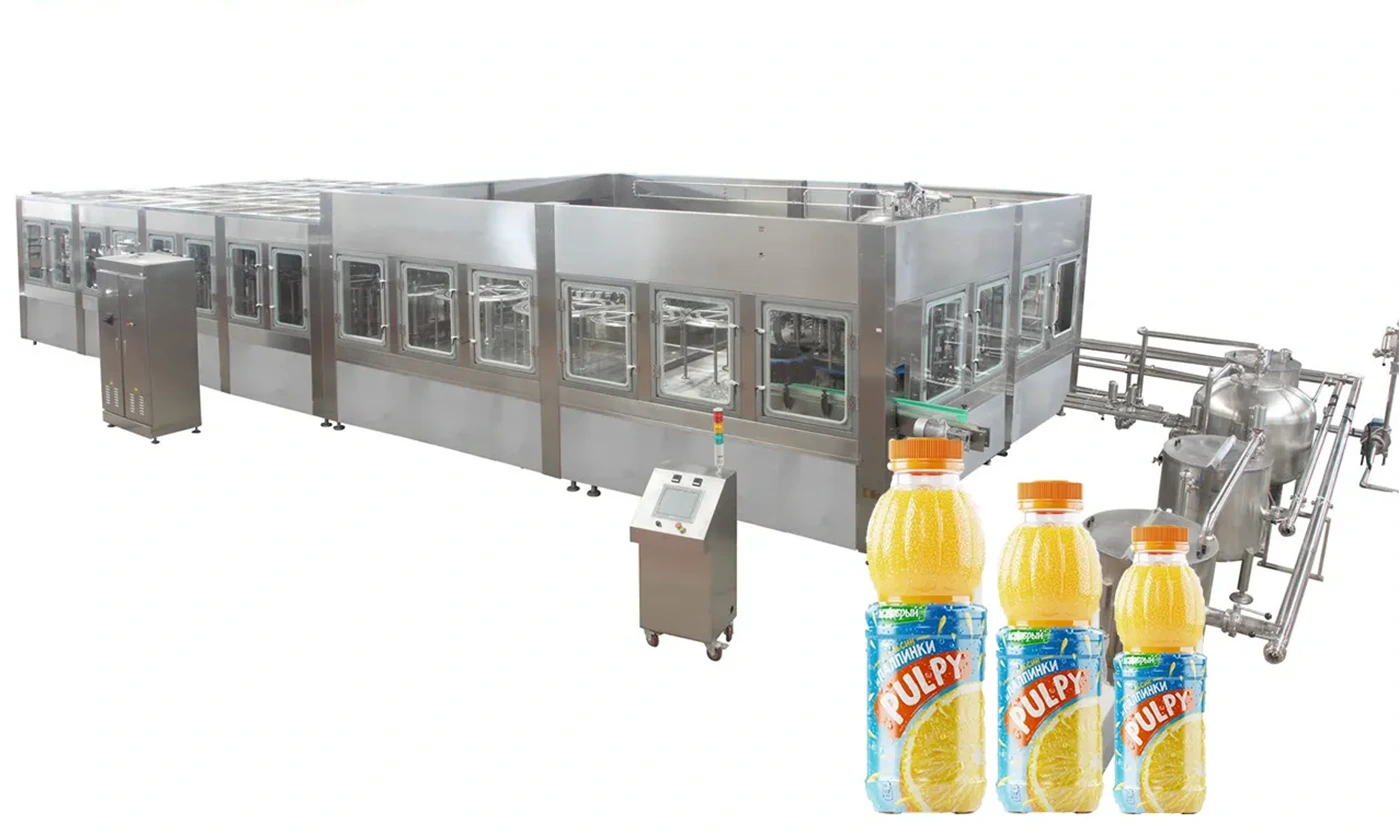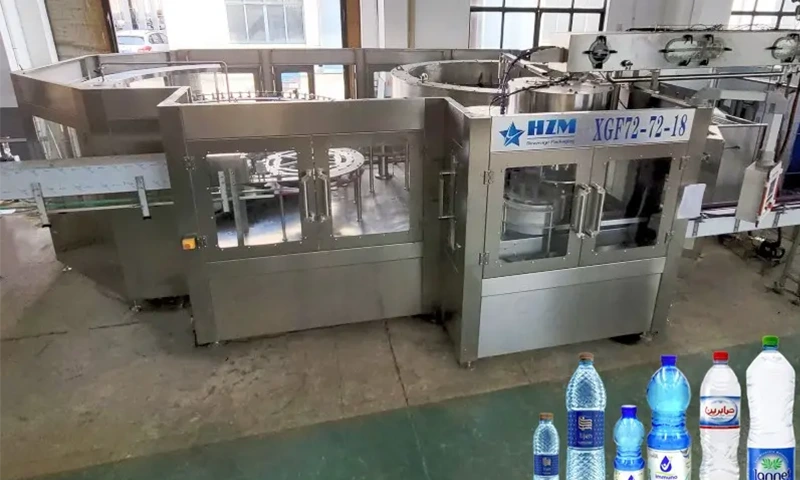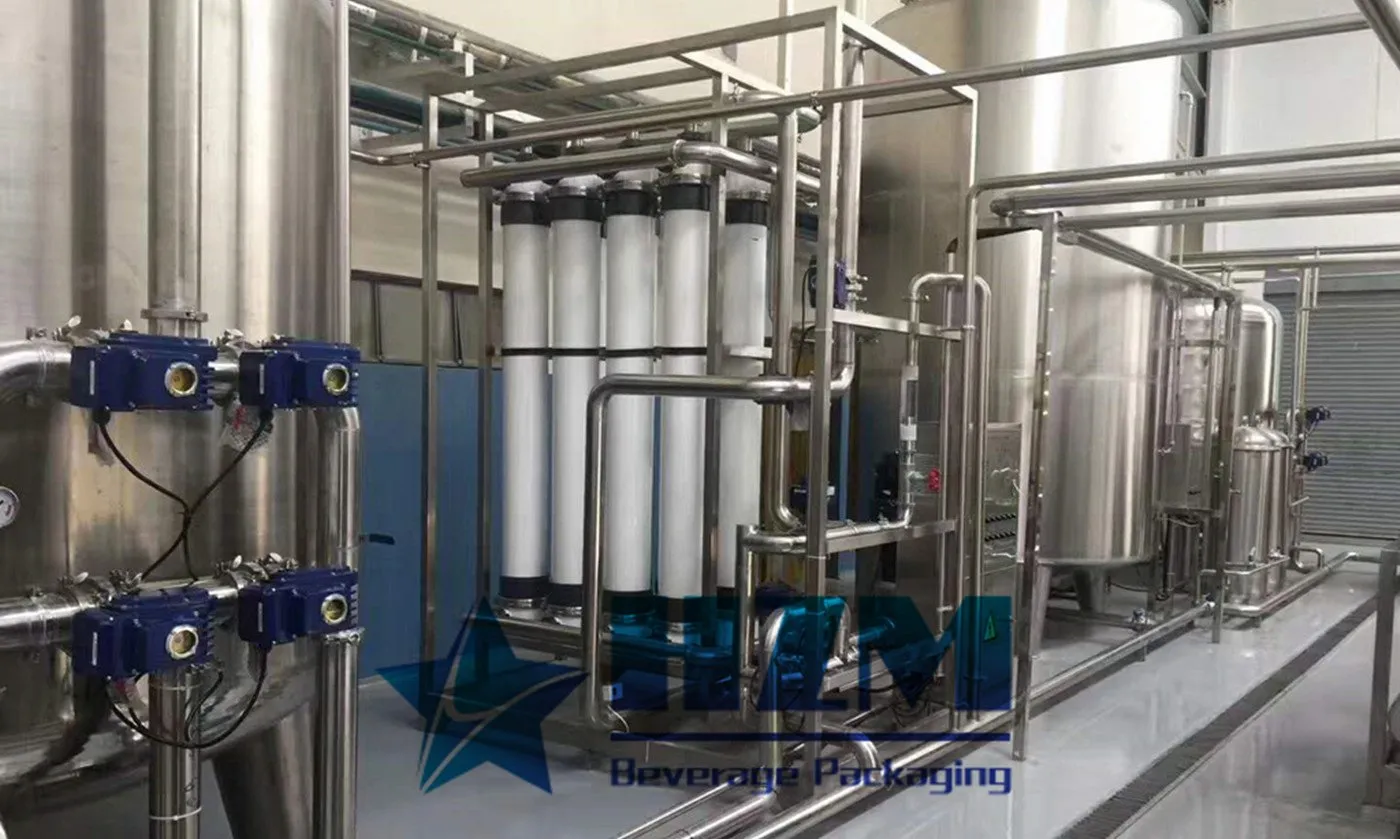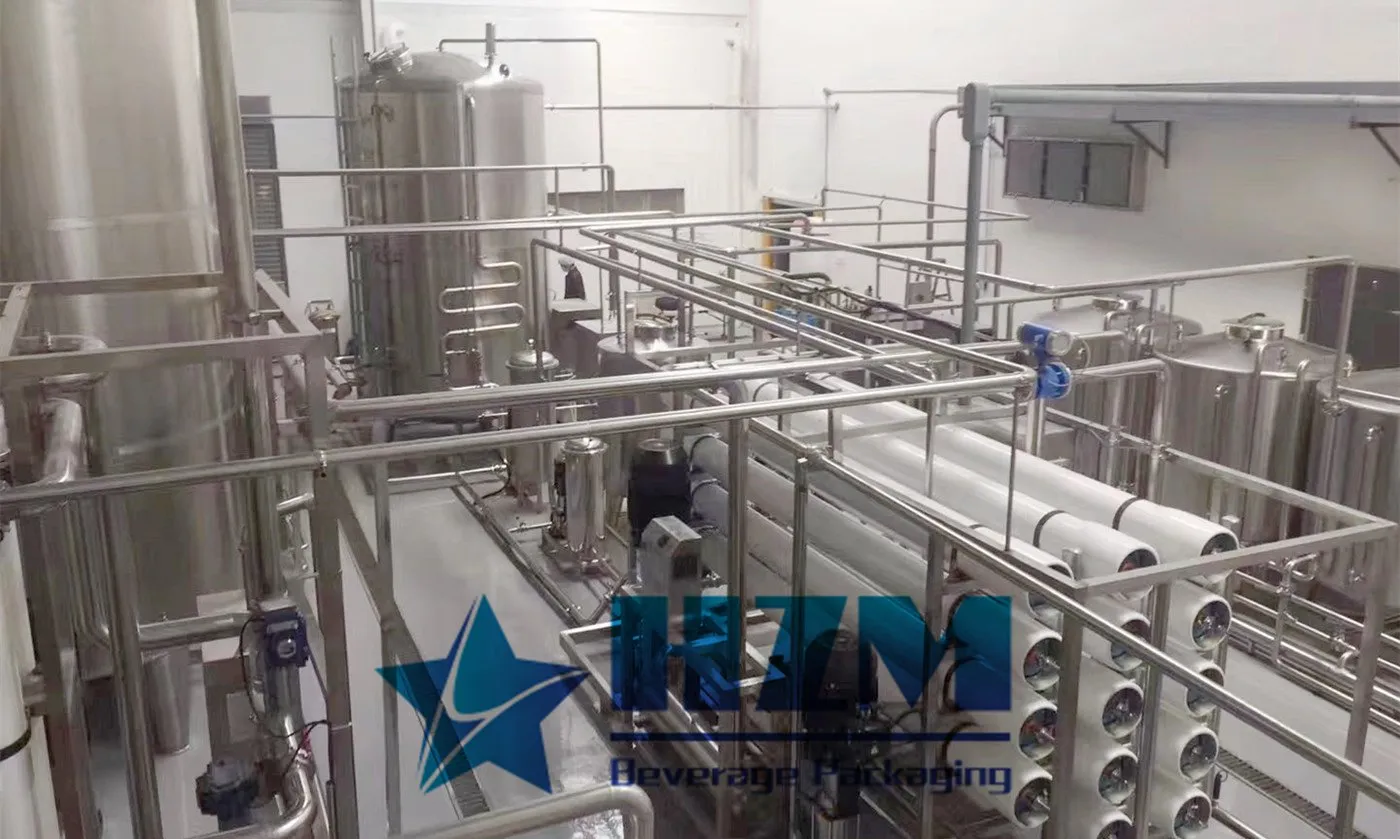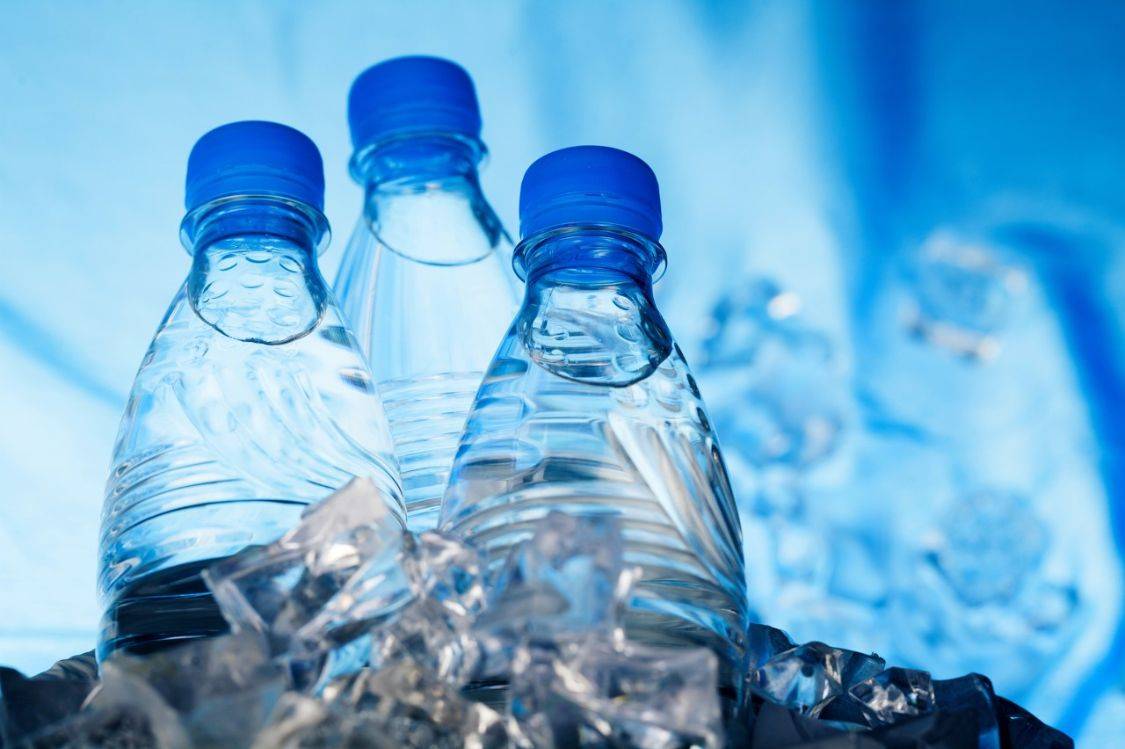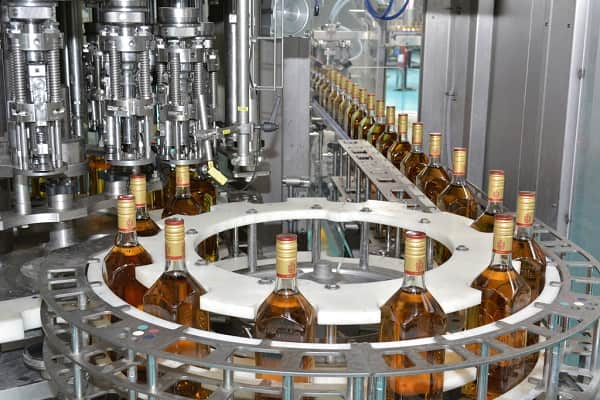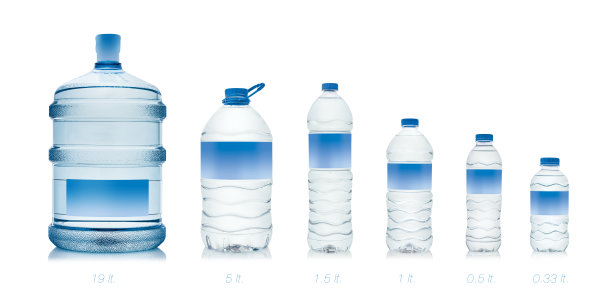Selecting a Dedicated RO Reverse Osmosis Water Treatment System for a Purified Water Beverage Production Line
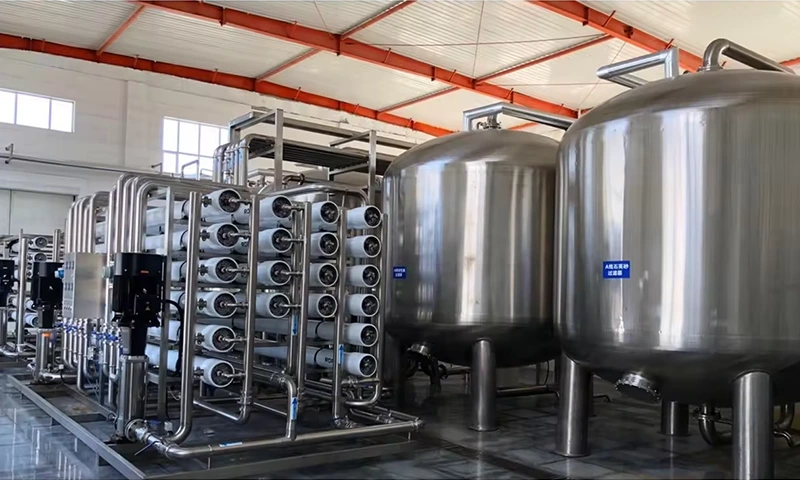
Choosing a RO reverse osmosis water treatment system dedicated to a purified water beverage production line requires a comprehensive evaluation based on the four core objectives of product water quality compliance, production capacity matching, operational stability, and cost controllability, combined with production line characteristics, raw water conditions, and industry standards.
Below is a detailed, dimension-based selection guide to help ensure accurate matching to your production needs.
1. Core Prerequisite: Define the Production Line’s “Basic Requirement Parameters”
Before selecting equipment, three key indicators must be determined to avoid oversized (wasteful) or undersized (insufficient) systems:
(1) Product Water Quality Requirements
Purified water for beverages must meet national food safety standards:
-
Conductivity (25℃): ≤10μS/cm (the lower, the better; premium beverages may require ≤5μS/cm);
-
Total Dissolved Solids (TDS): ≤100mg/L;
-
Microbiological Standards: Total colony count and coliform bacteria must comply with regulations (RO systems can remove over 99% of microorganisms but require post-RO disinfection).
(2) Water Output Capacity
Design should be based on the peak water consumption of the production line, not the average, to prevent water shortages during peak hours.
Calculation:
Production line filling rate (L/h) × 1.2–1.5 (allowance for cleaning, pipeline losses, and maintenance).
Example: If the line fills 5,000 L/h, the RO system must produce at least 6,000–7,500 L/h (6–7.5 m³/h).
(3) Raw Water Quality Adaptation
The essence of an RO system is treating the raw water. Pre-treatment must be based on an actual raw water quality test report.
| Raw Water Type | Key Contaminants to Remove (via Pre-treatment) | Impact on RO System |
|---|---|---|
| Municipal tap water | Residual chlorine (>0.1mg/L), colloids, suspended solids | Chlorine oxidizes RO membranes; colloids cause clogging |
| Groundwater (well water) | Hardness (Ca²⁺, Mg²⁺), iron, manganese | Causes scaling and clogging, reduces salt rejection |
| Surface water (river/lake) | Turbidity, organics, algae, microorganisms | Causes rapid membrane fouling; requires enhanced filtration + sterilization |
2. Core Components: The “Heart and Backbone” of the RO System
System performance depends on RO membranes, pumps, pre-treatment units, and control systems. Each must be verified carefully.
(1) RO Membrane – Determines Water Quality & Longevity
As the core consumable, the RO membrane should come from reputable manufacturers to ensure stable performance.
Recommended Brands:
-
International: DuPont FilmTec, Hydranautics, GE
-
Domestic: Vontron, Times Wharton
(Must include manufacturer’s authorization to avoid refurbished membranes.)
Membrane Specifications:
-
Material: Prefer aromatic polyamide composite membranes (high salt rejection, fouling resistance, ideal for drinking water).
-
Salt Rejection: ≥99.5% (new membrane); degradation ≤5% after one year of use.
-
Quantity Example: For a 7.5 m³/h system, use 8–10 pcs of 4040 elements (each producing 1.5–2 m³/h), arranged in 2–3 stages to improve recovery.
Single vs. Double Stage RO:
-
Single-stage: Suitable for TDS ≤500mg/L (e.g., municipal water); meets normal beverage-grade purity.
-
Double-stage: For TDS >500mg/L (ground/surface water) or TDS ≤10mg/L (drinking-grade water). Two-stage design further reduces TDS and conductivity.
(2) Pre-treatment Unit – Protects Membranes, Extends Service Life
The goal is to remove contaminants that could foul, oxidize, or scale the RO membranes.
Essential Units:
-
Quartz sand filter: Removes turbidity/suspended solids (add if raw water turbidity >5 NTU; media size 0.5–1.2mm).
-
Activated carbon filter: Adsorbs residual chlorine (<0.05mg/L) and organics (odor/color).
-
Security filter (cartridge filter): 5μm precision; captures fine particles to prevent membrane scratches.
Optional Units (based on raw water):
-
Water softener: Required if hardness >3mmol/L (removes Ca²⁺/Mg²⁺ to prevent scaling).
-
Iron-manganese filter: Required if Fe >0.3mg/L or Mn >0.1mg/L.
-
UV sterilizer: Used if microbial counts are high, preventing algae/biofilm growth in pre-treatment.
(3) High-Pressure and Booster Pumps – Provide Required Operating Pressure
RO requires 1.0–1.5 MPa feed pressure to function properly.
Pump Selection:
-
Material: 304 stainless steel pump body and impeller (food-grade, avoids metal ion contamination).
-
Capacity: Slightly above the RO feed flow; with 0.2MPa pressure margin for fluctuation.
-
Brands: Grundfos, Wilo (international), or Nanfang Pump, Kaiquan (domestic); all must have food-grade certification (e.g., 3A).
(4) Control System – Ensures Stability & Compliance
Beverage lines require unattended and traceable operation.
System Features:
-
Automation: Auto start/stop, high/low pressure protection, automatic brine discharge, and online water quality monitoring.
-
Online Monitoring: Continuous display and recording of conductivity, inlet/outlet pressure, feed/production flow; data stored for ≥1 year to meet traceability requirements.
-
Safety Protections: Includes low-pressure flushing, overload protection, and automatic reject of off-spec water.
3. Compliance and Service: Prevent Future Risks
Since purified water beverages fall under the food category, the system must comply with food safety regulations and support reliable maintenance.
(1) Compliance Requirements (Mandatory)
-
Material Compliance: All parts in contact with water (pipes, vessels, filters) must be 304/316 stainless steel; no carbon steel or PVC. Must provide material certificates.
-
Certification: Must pass Drinking Water Hygiene Safety Standards or third-party CMA certification (ensuring product water meets GB 19298).
-
Hygienic Design: Internal pipelines must be dead-angle-free; quick-connect fittings for easy cleaning; support CIP (Clean-In-Place) system.
(2) Manufacturer Service Capability
-
On-site Assessment & Design: Supplier should test raw water and assess plant layout to offer customized designs.
-
Installation & Commissioning: Must provide on-site setup and 72-hour continuous test run with performance report.
-
Consumables & After-Sales: Guarantee genuine spare parts (RO membranes, resins) and provide ≥1 year warranty with on-site repair; response within 24 hours.
-
Training: Operators should be trained in routine inspection (pressure, conductivity), basic troubleshooting, and consumable replacement.
4. Cost Evaluation: Balancing Initial and Long-Term Costs
Avoid judging by price alone — evaluate both initial investment and long-term operational cost.
Initial Investment:
A double-stage RO (7.5m³/h) typically costs 150,000–300,000 RMB depending on configuration. International membranes are 30–50% pricier but last 1–2 years longer.
Operating Costs:
-
Consumables: RO membrane lifespan 2–3 years (4040 membrane ≈ 800–1500 RMB each); carbon/sand replaced every 6–12 months.
-
Power: Pump power 7.5–15 kW; at 0.8 RMB/kWh for 24-hour operation, daily electricity cost ≈ 144–288 RMB.
-
Water Recovery: Typically 50–70%; double-stage systems 10–15% higher. Consider brine recovery in water-scarce areas.
5. Common Mistakes to Avoid
-
Skipping Raw Water Testing: High hardness water without a softener leads to membrane scaling and failure in 3 months.
-
Using Cheap Membranes: Salt rejection only 95%, causing over-limit TDS and frequent replacements.
-
Ignoring Automation & Traceability: Manual systems risk water quality errors and fail food safety audits.
-
Choosing Unqualified Vendors: Non-food-grade materials may result in penalties post-installation.
Summary: Step-by-Step Selection Process
-
Define requirements: Target water capacity (peak demand) and purity grade (beverage / drinking).
-
Test raw water: Commission third-party analysis.
-
Screen manufacturers: Prefer those with beverage industry experience and customized design capability.
-
Verify core components: Confirm RO membrane brand, pre-treatment design, pump material, and control features.
-
Check compliance & service: Validate certifications, after-sales, and maintenance plans.
-
Contract signing: Specify system parameters, warranty, consumables, and acceptance standards (water quality compliance).
By following these steps, you can ensure the selected RO reverse osmosis system not only meets purified water beverage quality standards but also supports stable long-term operation and controlled maintenance costs.
TAG: reverse osmosis water treatment RO Water Treatment System Water treatment system
-
![Automatic PET Bottle Blowing Filling Capping Machine – Best price beverage machinery]() Automatic PET Bottle Blowing Filling Capping Machine – Best price beverage machinery
Automatic PET Bottle Blowing Filling Capping Machine – Best price beverage machinery -
![Drinking water production line – Bottled Water Filling Machine Manufacturer]() Drinking water production line – Bottled Water Filling Machine Manufacturer
Drinking water production line – Bottled Water Filling Machine Manufacturer -
![Beverage Filling Line – Juice, Water, Soft Drinks, cola, Beer]() Beverage Filling Line – Juice, Water, Soft Drinks, cola, Beer
Beverage Filling Line – Juice, Water, Soft Drinks, cola, Beer -
![Automatic Pure Water Bottling Filling Machine]() Automatic Pure Water Bottling Filling Machine
Automatic Pure Water Bottling Filling Machine -
![Fully Automatic Beverage Filling Machine]() Fully Automatic Beverage Filling Machine
Fully Automatic Beverage Filling Machine -
![3-In-1 Water Bottle Filling Machine]() 3-In-1 Water Bottle Filling Machine
3-In-1 Water Bottle Filling Machine -
![Industrial RO Drinking Water Treatment Plant – Reverse Osmosis Equipment for Beverage & Pure Water]() Industrial RO Drinking Water Treatment Plant – Reverse Osmosis Equipment for Beverage & Pure Water
Industrial RO Drinking Water Treatment Plant – Reverse Osmosis Equipment for Beverage & Pure Water -
![Industrial Drinking Water Treatment System]() Industrial Drinking Water Treatment System
Industrial Drinking Water Treatment System -
![Water Treatment Machine Purification System]() Water Treatment Machine Purification System
Water Treatment Machine Purification System -
![RO Water Treatment System Drinking Water Purifier]() RO Water Treatment System Drinking Water Purifier
RO Water Treatment System Drinking Water Purifier -
![Water Treatment System]() Water Treatment System
Water Treatment System
-
![Automatic PET Bottle Blowing Filling Capping Machine – Best price beverage machinery]() Automatic PET Bottle Blowing Filling Capping Machine – Best price beverage machineryOct , 24 /2025
Automatic PET Bottle Blowing Filling Capping Machine – Best price beverage machineryOct , 24 /2025 -
![Drinking water production line – Bottled Water Filling Machine Manufacturer]() Drinking water production line – Bottled Water Filling Machine ManufacturerSep , 11 /2025
Drinking water production line – Bottled Water Filling Machine ManufacturerSep , 11 /2025 -
![Beverage Filling Line – Juice, Water, Soft Drinks, cola, Beer]() Beverage Filling Line – Juice, Water, Soft Drinks, cola, BeerJul , 21 /2025
Beverage Filling Line – Juice, Water, Soft Drinks, cola, BeerJul , 21 /2025 -
![Automatic Pure Water Bottling Filling Machine]() Automatic Pure Water Bottling Filling MachineDec , 21 /2023
Automatic Pure Water Bottling Filling MachineDec , 21 /2023 -
![Fully Automatic Beverage Filling Machine]() Fully Automatic Beverage Filling MachineOct , 11 /2023
Fully Automatic Beverage Filling MachineOct , 11 /2023 -
![3-In-1 Water Bottle Filling Machine]() 3-In-1 Water Bottle Filling MachineOct , 10 /2023
3-In-1 Water Bottle Filling MachineOct , 10 /2023 -
![Here are five things to consider for maintaining a fully automated mineral water production line]() Here are five things to consider for maintaining a fully automated mineral water production lineApr , 20 /2023
Here are five things to consider for maintaining a fully automated mineral water production lineApr , 20 /2023 -
![Drinking Water Treatment System Manufacturer and Solutions]() Drinking Water Treatment System Manufacturer and SolutionsMay , 05 /2023
Drinking Water Treatment System Manufacturer and SolutionsMay , 05 /2023 -
![8t Normal Pressure Ss304 Ro Water Treatment System]() 8t Normal Pressure Ss304 Ro Water Treatment SystemJun , 09 /2023
8t Normal Pressure Ss304 Ro Water Treatment SystemJun , 09 /2023 -
![Filter Treatment Purification System Ss316 Reverse Osmosis Equipment]() Filter Treatment Purification System Ss316 Reverse Osmosis EquipmentJun , 09 /2023
Filter Treatment Purification System Ss316 Reverse Osmosis EquipmentJun , 09 /2023 -
![Removed 99.99% Pathogene 15T RO Water Treatment System]() Removed 99.99% Pathogene 15T RO Water Treatment SystemJun , 09 /2023
Removed 99.99% Pathogene 15T RO Water Treatment SystemJun , 09 /2023 -
![PP Membrance Stainless Steel 304 RO Water Treatment System]() PP Membrance Stainless Steel 304 RO Water Treatment SystemJun , 09 /2023
PP Membrance Stainless Steel 304 RO Water Treatment SystemJun , 09 /2023 -
![Mineral Water Production Line Equipment: Prices and Manufacturers]() Mineral Water Production Line Equipment: Prices and ManufacturersJun , 30 /2023
Mineral Water Production Line Equipment: Prices and ManufacturersJun , 30 /2023 -
![Bottled water production process PDF]() Bottled water production process PDFSep , 18 /2023
Bottled water production process PDFSep , 18 /2023


